Open Access enables heavy users with more than 1 MW connected load to buy cheap power from the open market. The concept is to allow the customers to choose from a number of competitive power companies, rather than being forced to buy power from the local utility monopoly. It not only helps the industrial & commercial consumers by ensuring regular electricity supply at competitive rates but also enhances the business of power markets. Open access helps consumers meet their Renewable Purchase Obligations (RPOs) as well.
A consumer with bulk load can avail the benefits of cheap and green solar power by either purchasing through the rooftop solar installation in its premises or buying from an offsite solar farm under open access. While open access does away with limitations of rooftop solar such as scalability and high capital expenditure, it is often exposed to unpredictable grid risks.
Open Access will ease the power shortage since a number of power producers like Solar energy companies can now transmit power from their solar parks to different load centers. Once the consumers are given the choice to purchase power from the open market, it will automatically lead to the competitive pricing of electricity making electricity cost go down.
Open Access rights in India are governed by the Electricity Act 2003 which has laid down regulations for competition in the power market. Based on the location of the purchasing and selling entities, Open Access can be classified as follows:-
- Inter-State Open Access: In this, the purchasing and selling entities belong to different states and they have to follow Central Electricity Regulatory Commission (CERC) regulations. The purchase rights under inter-state open access can be for Short Term i.e. for less than a month period, Medium Term i.e. for 3 months to 3 years period and Long Term i.e. for twelve to twenty-five years period.
- Intra-State Open Access: As evident from the name, the purchasing and selling entities, in this case, belong to the same state. It follows State Electricity Regulatory Commission (SERC) regulations. It can also be classified as Short Term, Medium Term and Long Term where the durations of these terms vary based on the regulations of respective states.
The buyer and seller of electricity can opt for either collective or bilateral transactions. In collective transaction, the trading of electricity is facilitated through exchanges with a very small margin fixed towards exchange members. In case of a bilateral transaction, a Power Purchase Agreement is signed between the seller and the consumer for buying power at mutually agreed tariff for a predetermined number of years. Many of the leading solar players under the OPEX model in India are resorting to bilateral agreements for tariff determination with commercial and industrial clients.
As discussed earlier, operators under open access have to incur various charges for using the grid. These charges can vary from state to state and are lesser in states with stable grid and favorable regulatory regime. In case of solar power, the state-wise open access charges can vary from as low as INR 0.2/KWh in Andhra Pradesh to >INR 1.5/KWh in Uttarakhand. Most of the open access solar projects in India are currently in Madhya Pradesh, Andhra Pradesh, Karnataka, and Chhattisgarh.
Going forward, a supportive regulatory regime from the state electricity authorities combined with better grid stability can make long-term open access projects viable. These changes will facilitate more projects from the renewable energy companies who are taking huge upfront risks at present and will definitely upgrade the state of power trading in the country.




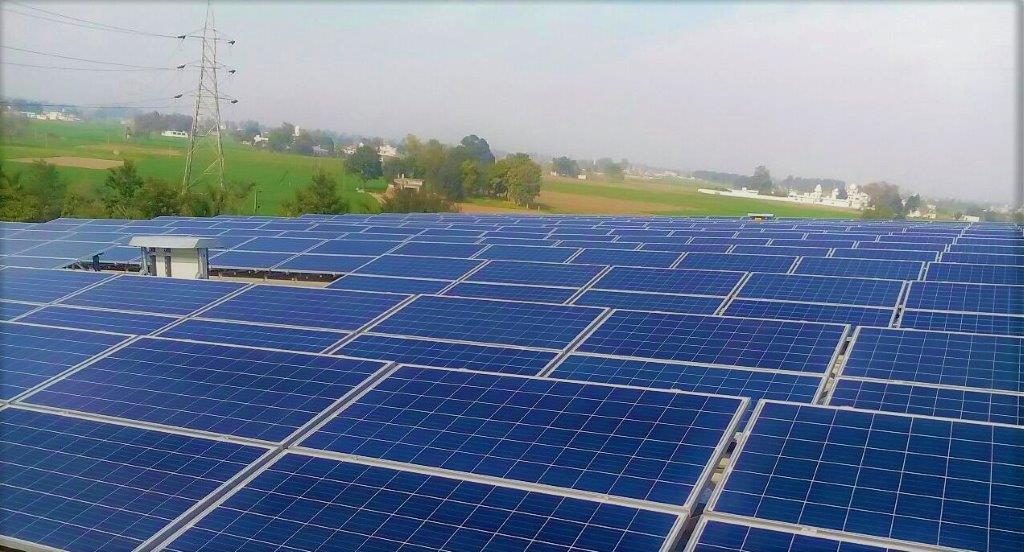
 Home Solar Panel System Price and...
Home Solar Panel System Price and... 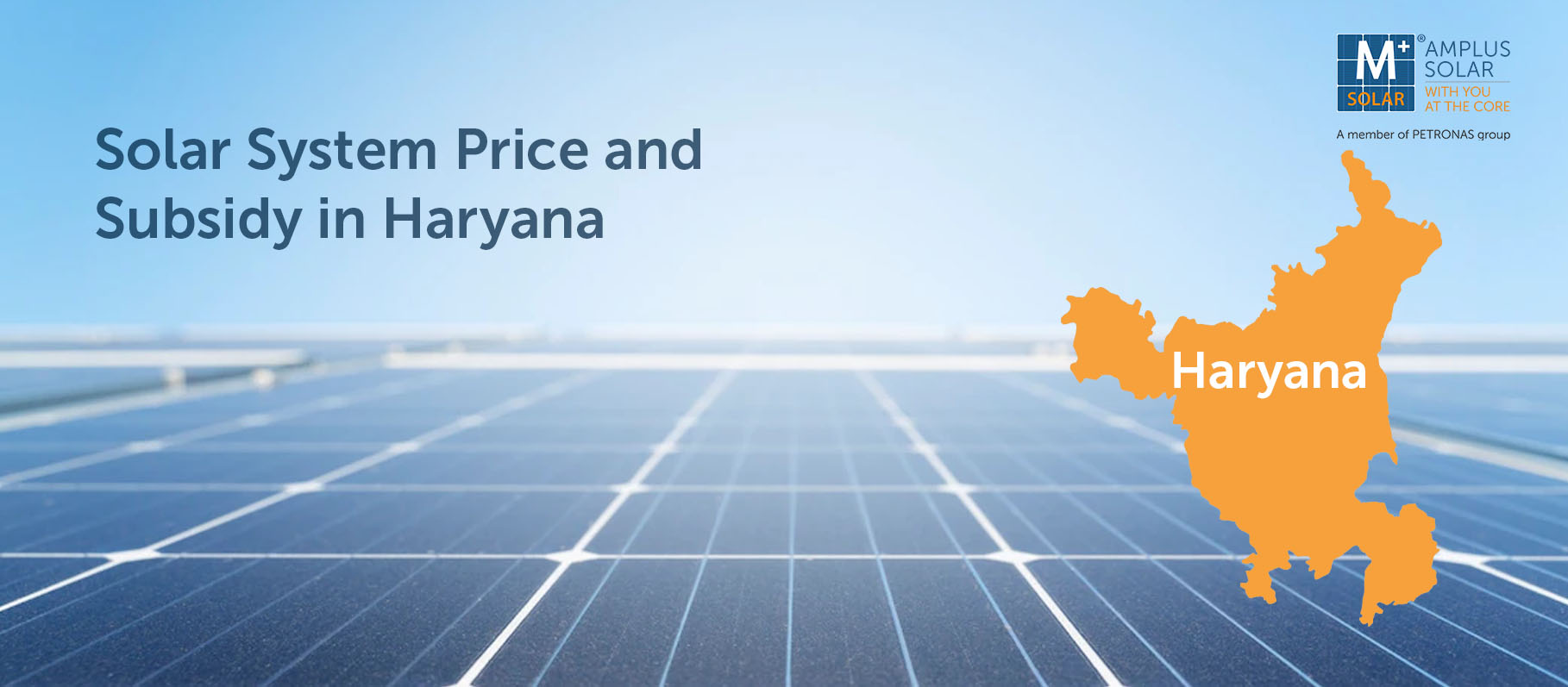 Complete Details About Solar System Price...
Complete Details About Solar System Price...  Home Solar Panel System Installation Cost...
Home Solar Panel System Installation Cost... 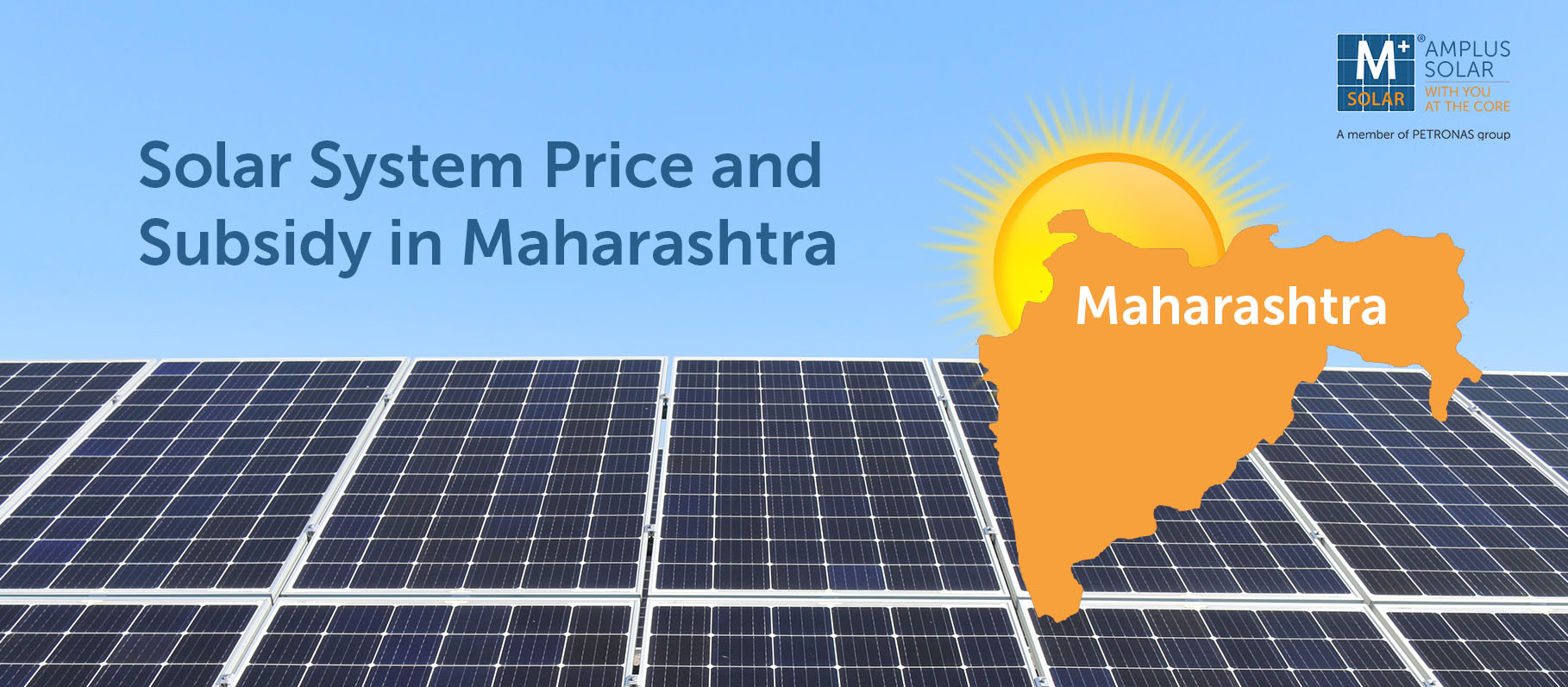 Solar System Price and Subsidy in...
Solar System Price and Subsidy in...  What Is Open Access in Power...
What Is Open Access in Power... 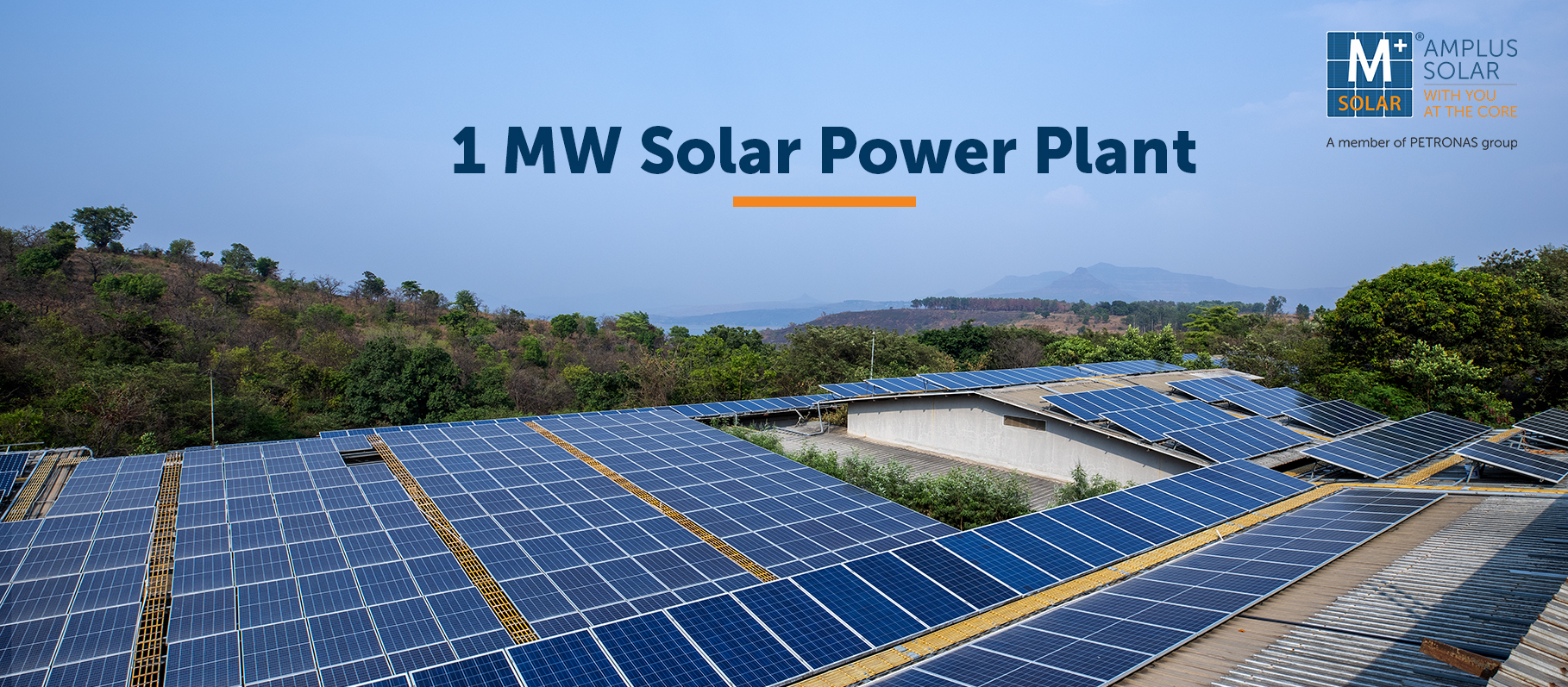 All About 1 MW Solar Power...
All About 1 MW Solar Power... 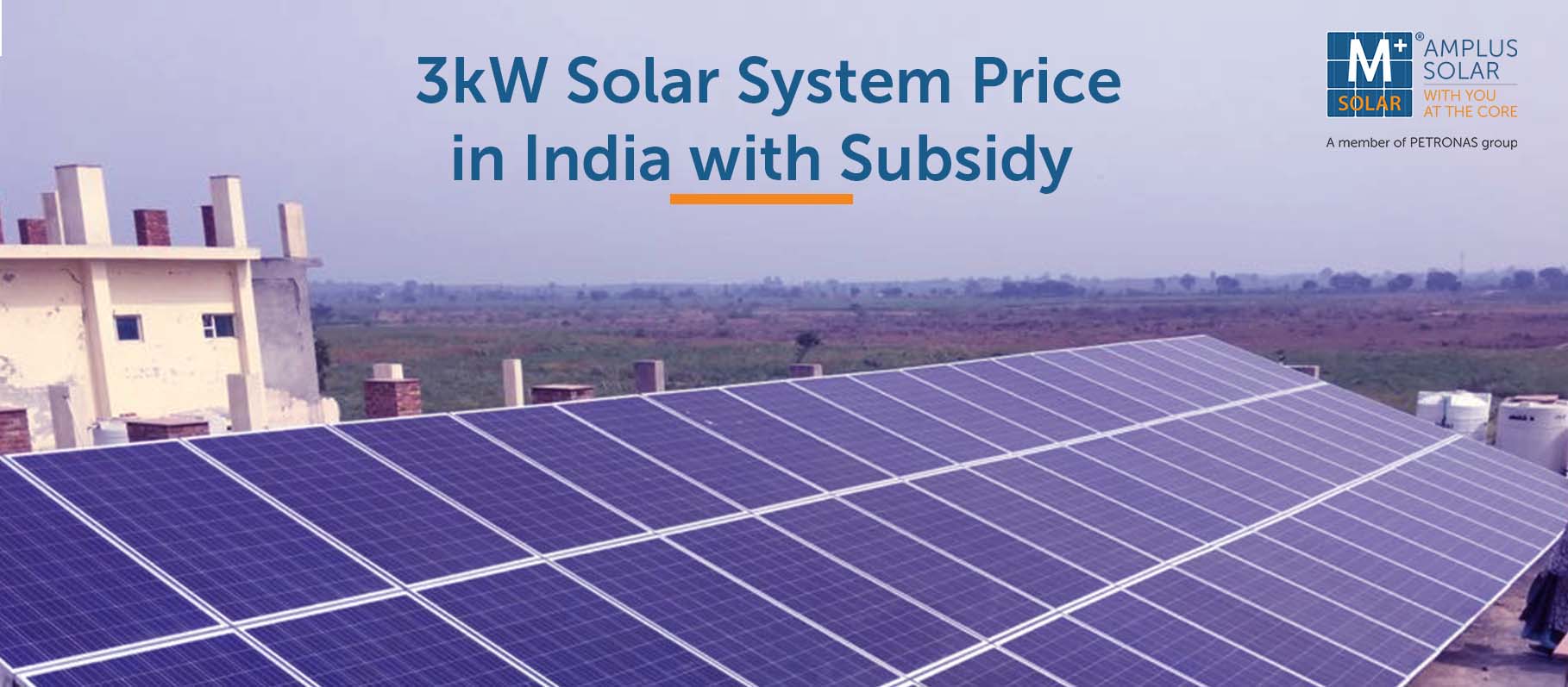 3kW Solar Panel System: Price in...
3kW Solar Panel System: Price in...  1kW Solar Panel System Price in...
1kW Solar Panel System Price in... 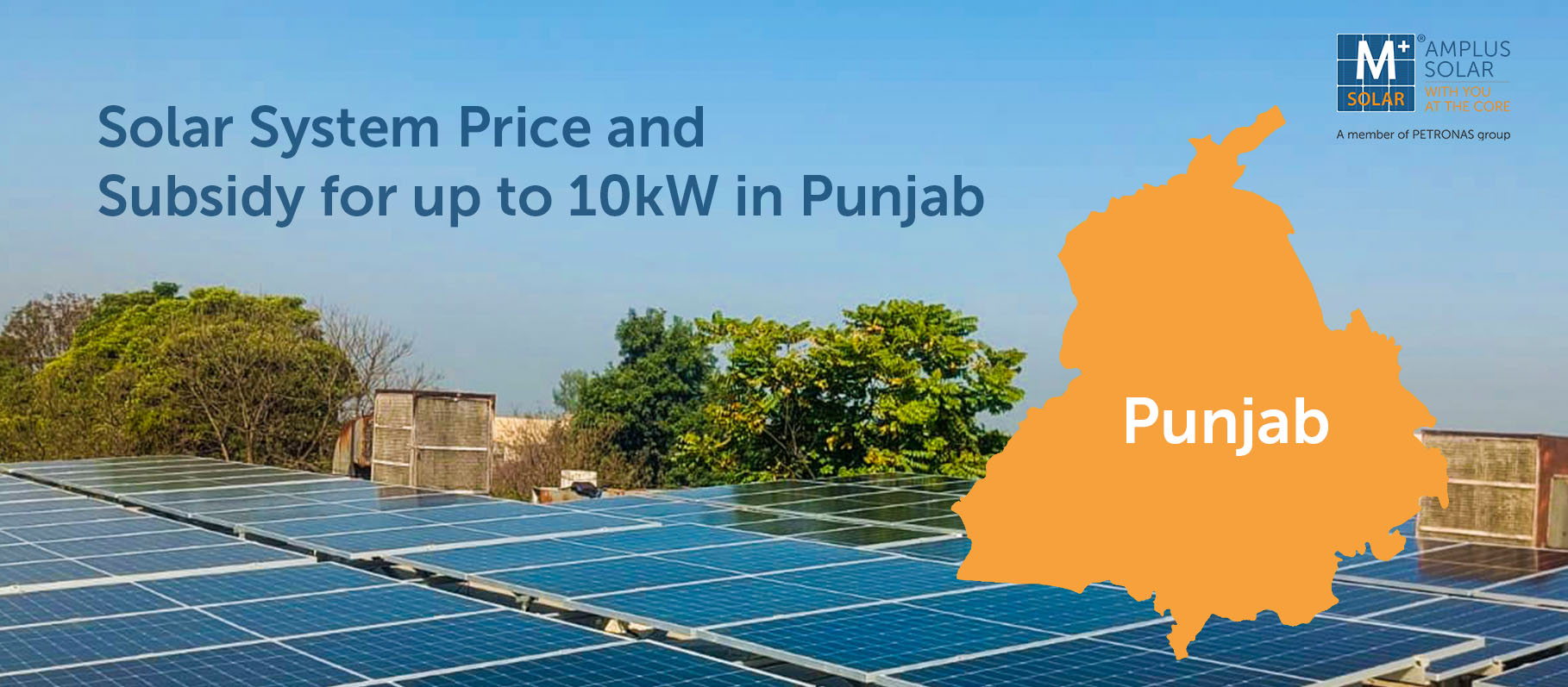 Complete Details About Solar System Price...
Complete Details About Solar System Price... 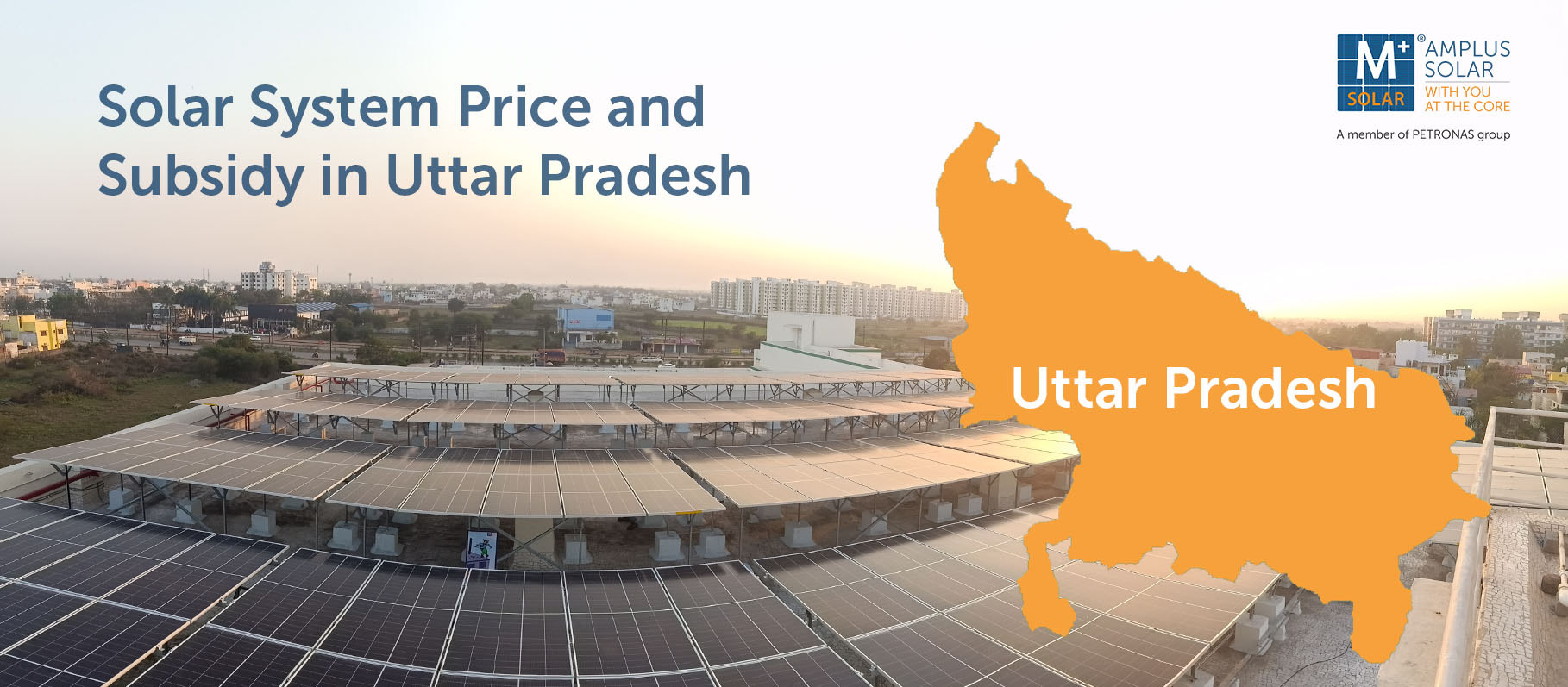 All About Solar System Price and...
All About Solar System Price and... 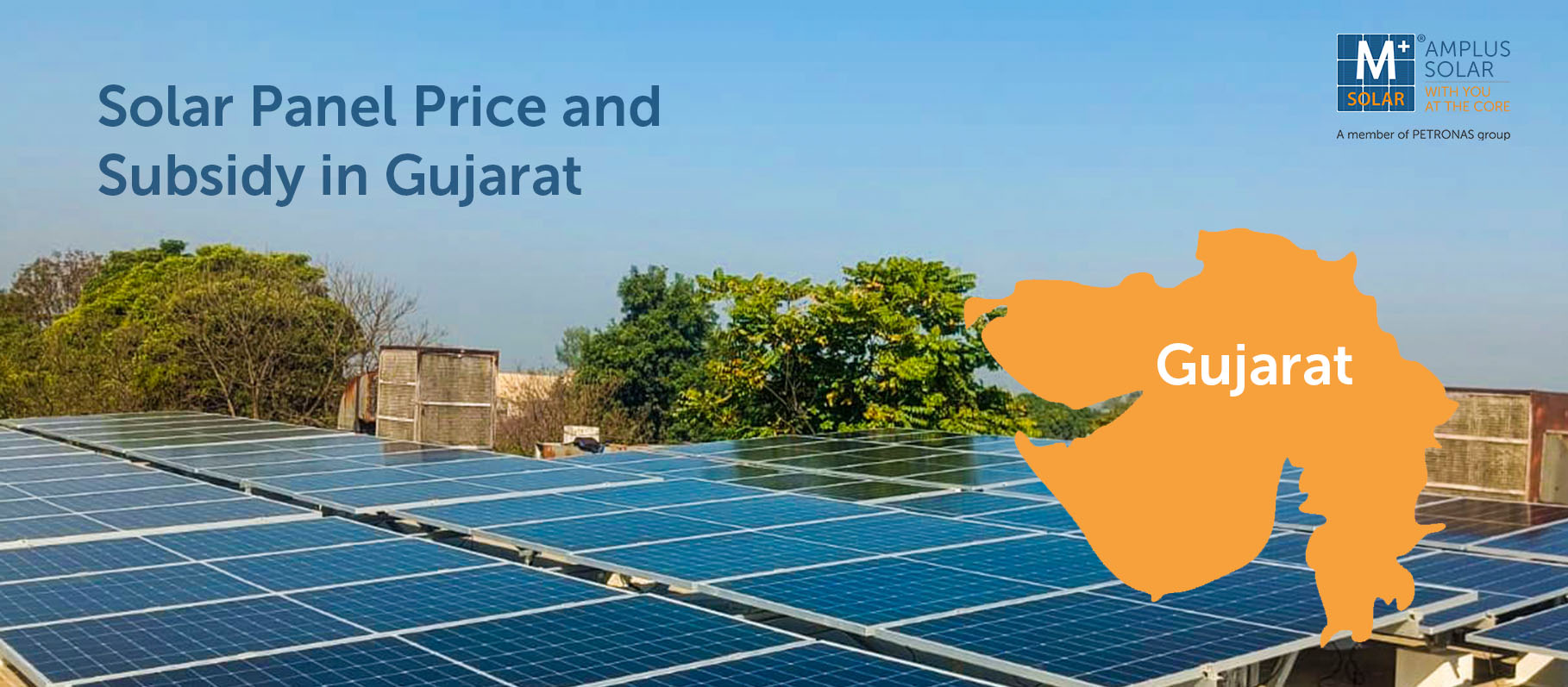 All About Solar Panel System Price...
All About Solar Panel System Price...  Know More About Solar Panel System...
Know More About Solar Panel System... 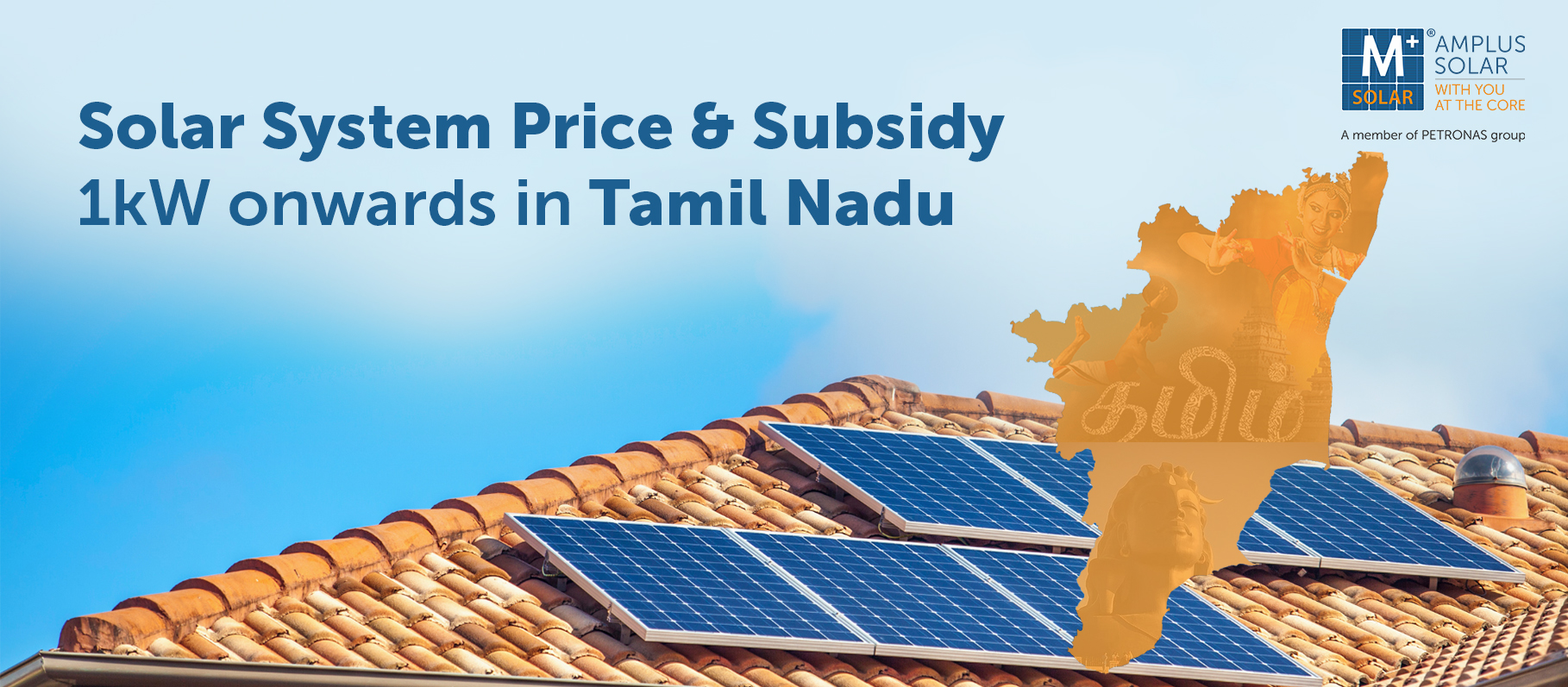 Solar System Price and Subsidy in...
Solar System Price and Subsidy in...  Know More About Solar System Price...
Know More About Solar System Price... 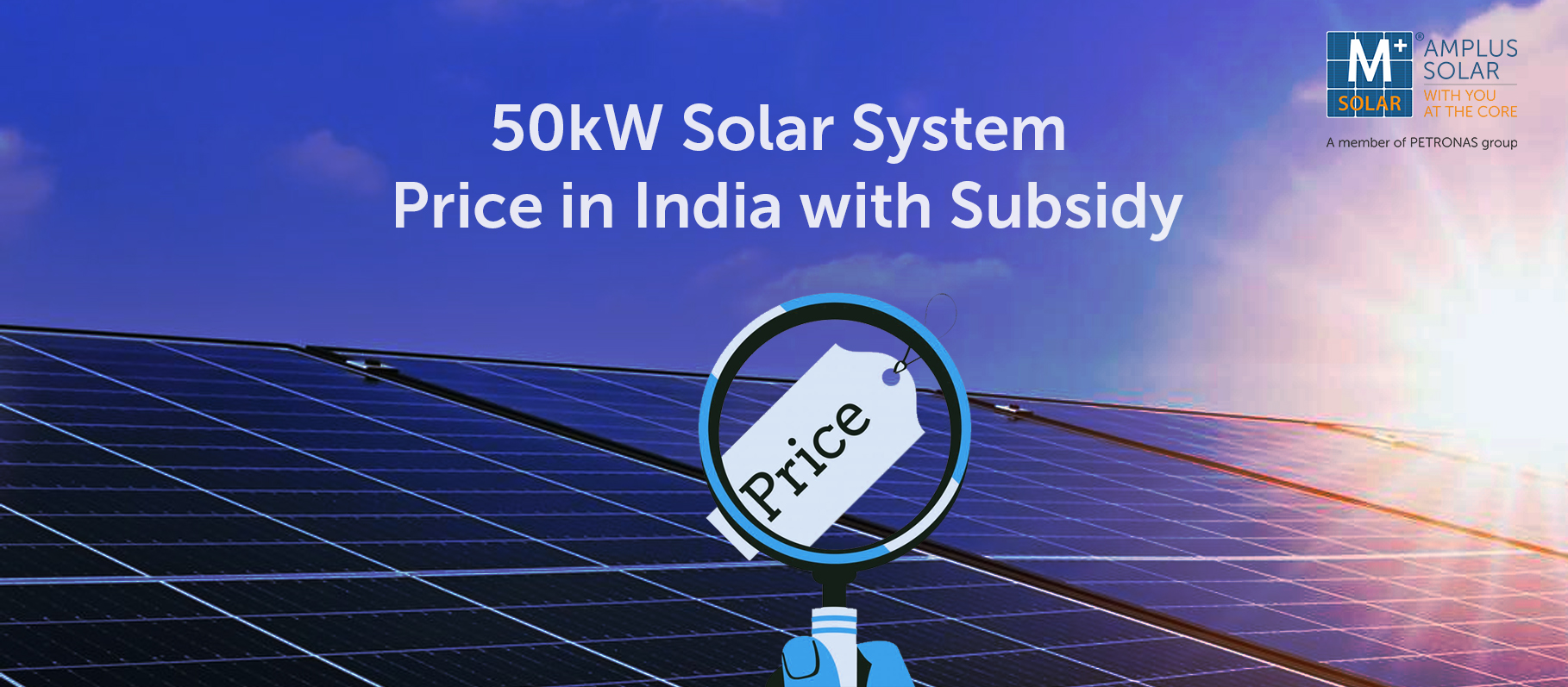 About 50kW Solar System: Price in...
About 50kW Solar System: Price in...  30kW Solar Panel System Price in...
30kW Solar Panel System Price in...  All About 5kW Solar System: Price,...
All About 5kW Solar System: Price,... 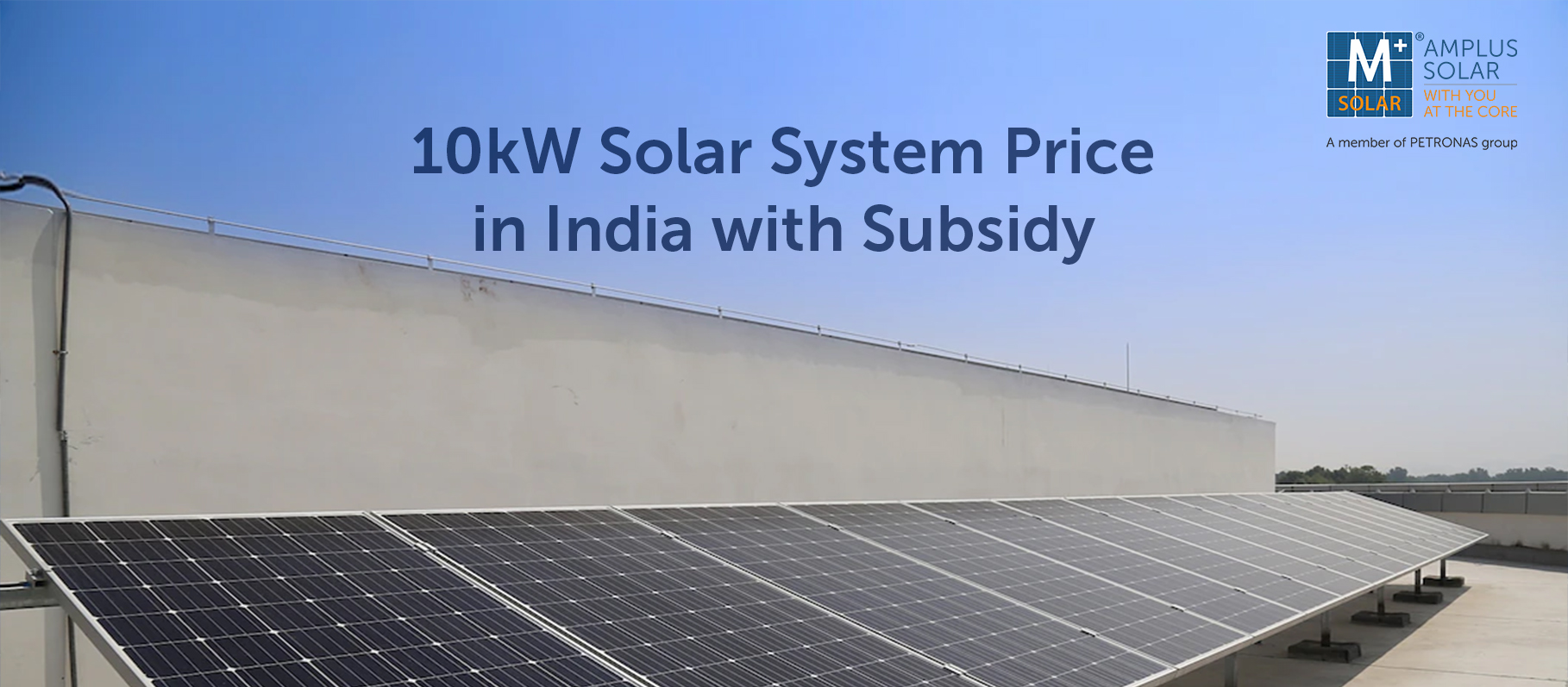 10kW Solar System Price in India...
10kW Solar System Price in India... 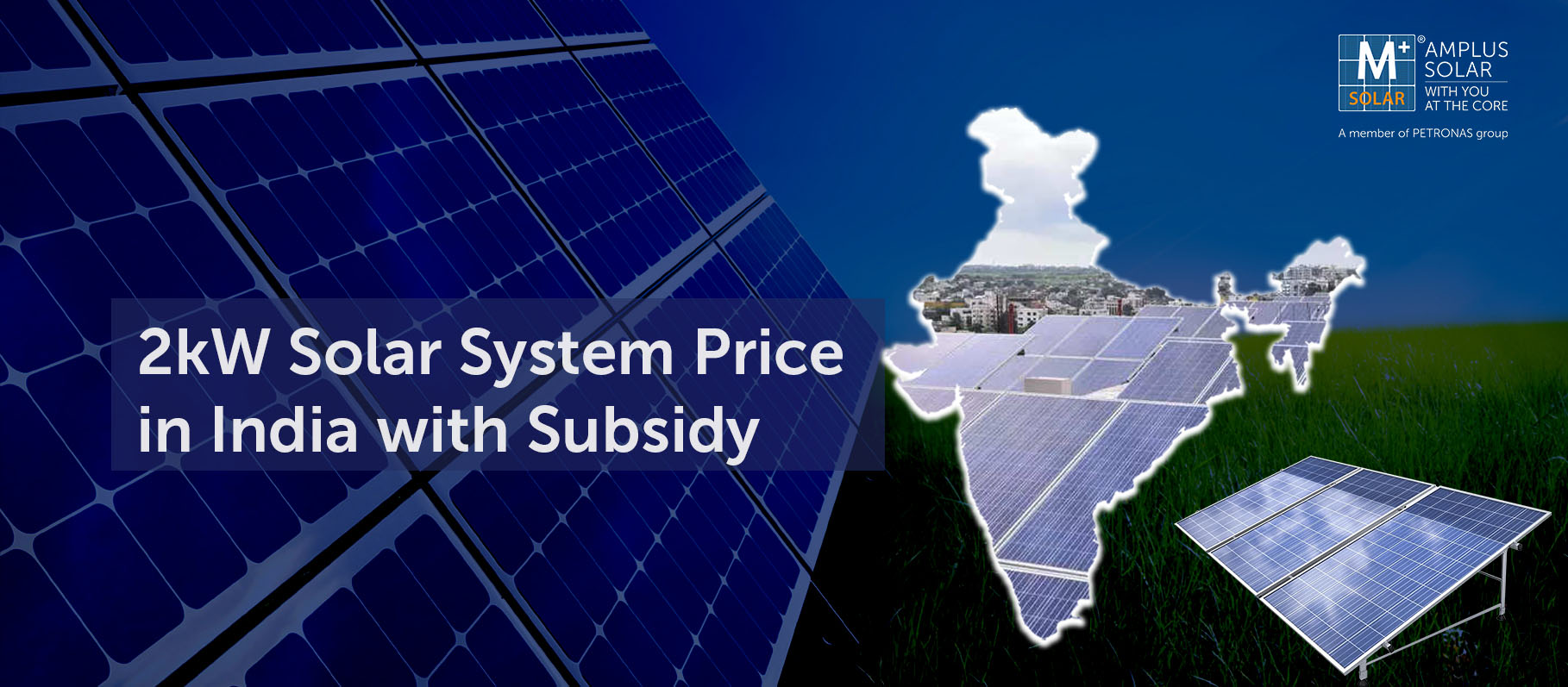 2kW Solar System Price in India...
2kW Solar System Price in India...  20kW Solar System Price in India...
20kW Solar System Price in India... 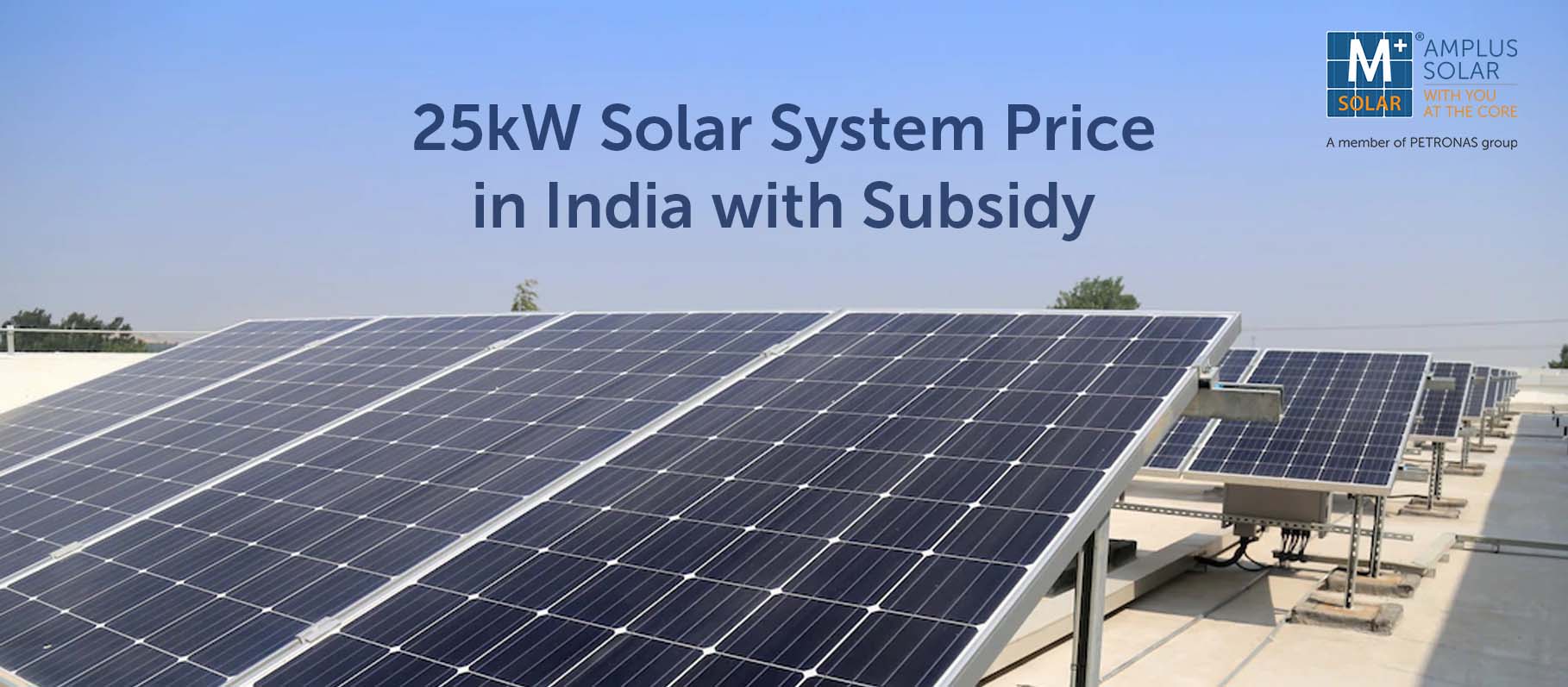 25kW Solar Panel System Price in...
25kW Solar Panel System Price in...  100kW Solar System Price in India...
100kW Solar System Price in India...  15 kW Solar System Price in...
15 kW Solar System Price in...  150 Watt Solar Panel Price in...
150 Watt Solar Panel Price in... 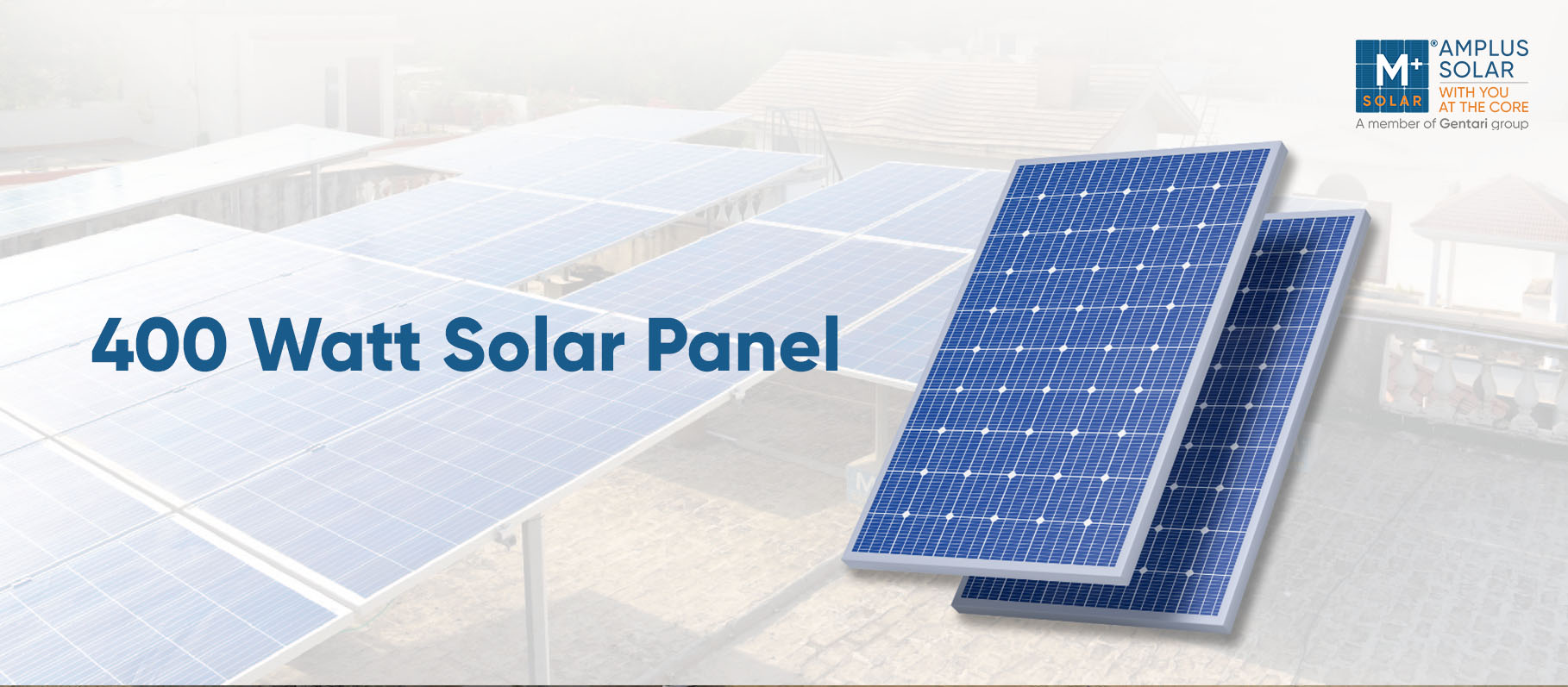 400 Watt Solar Panel Price in...
400 Watt Solar Panel Price in... 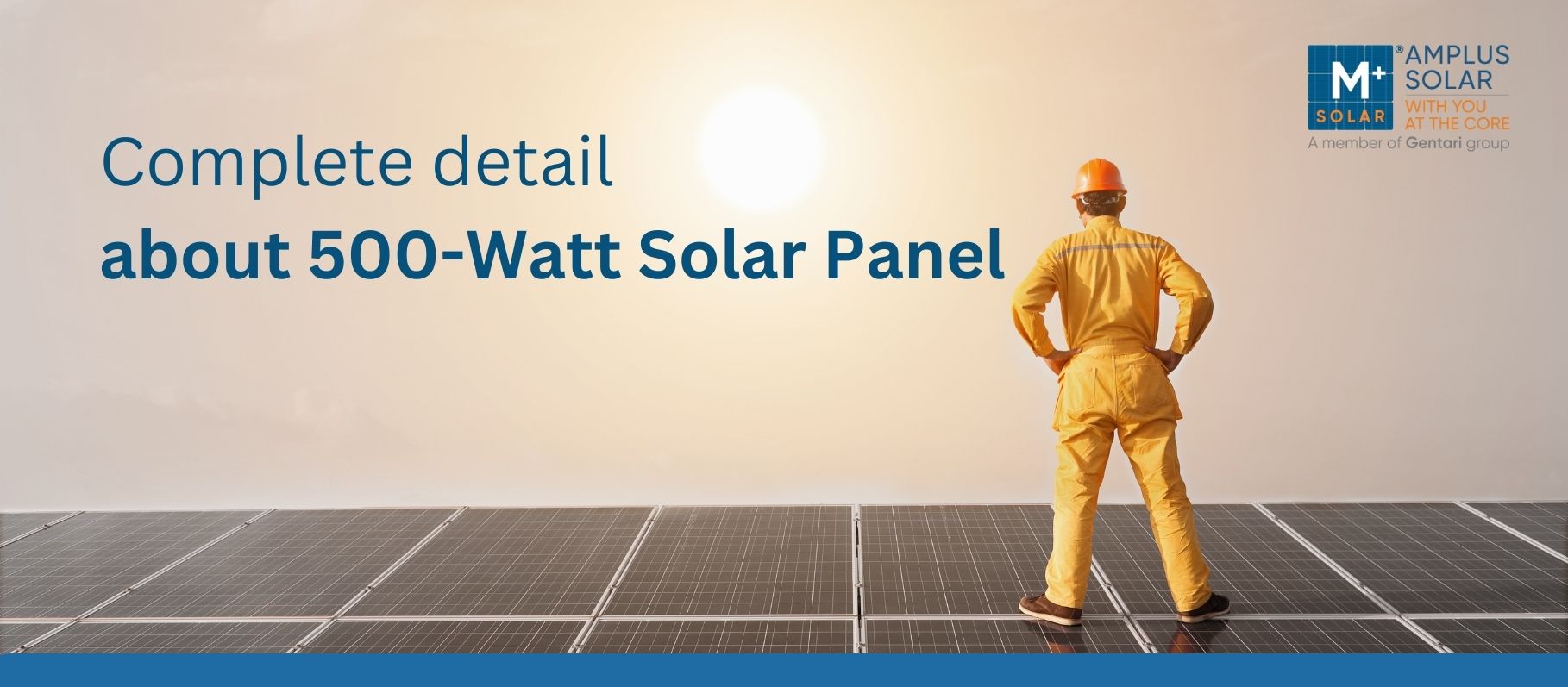 500 Watt Solar Panel Price in...
500 Watt Solar Panel Price in... 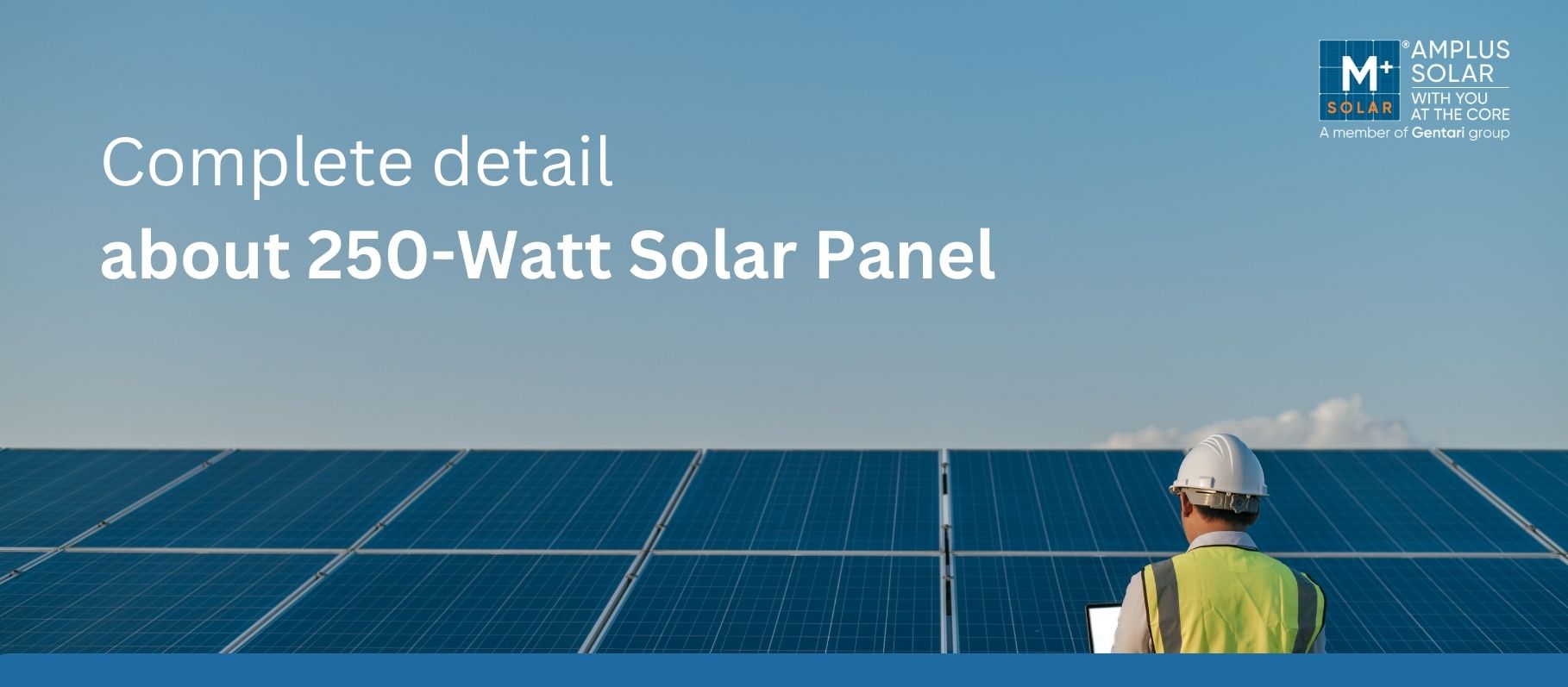 250 Watt Solar Panel Price in...
250 Watt Solar Panel Price in... 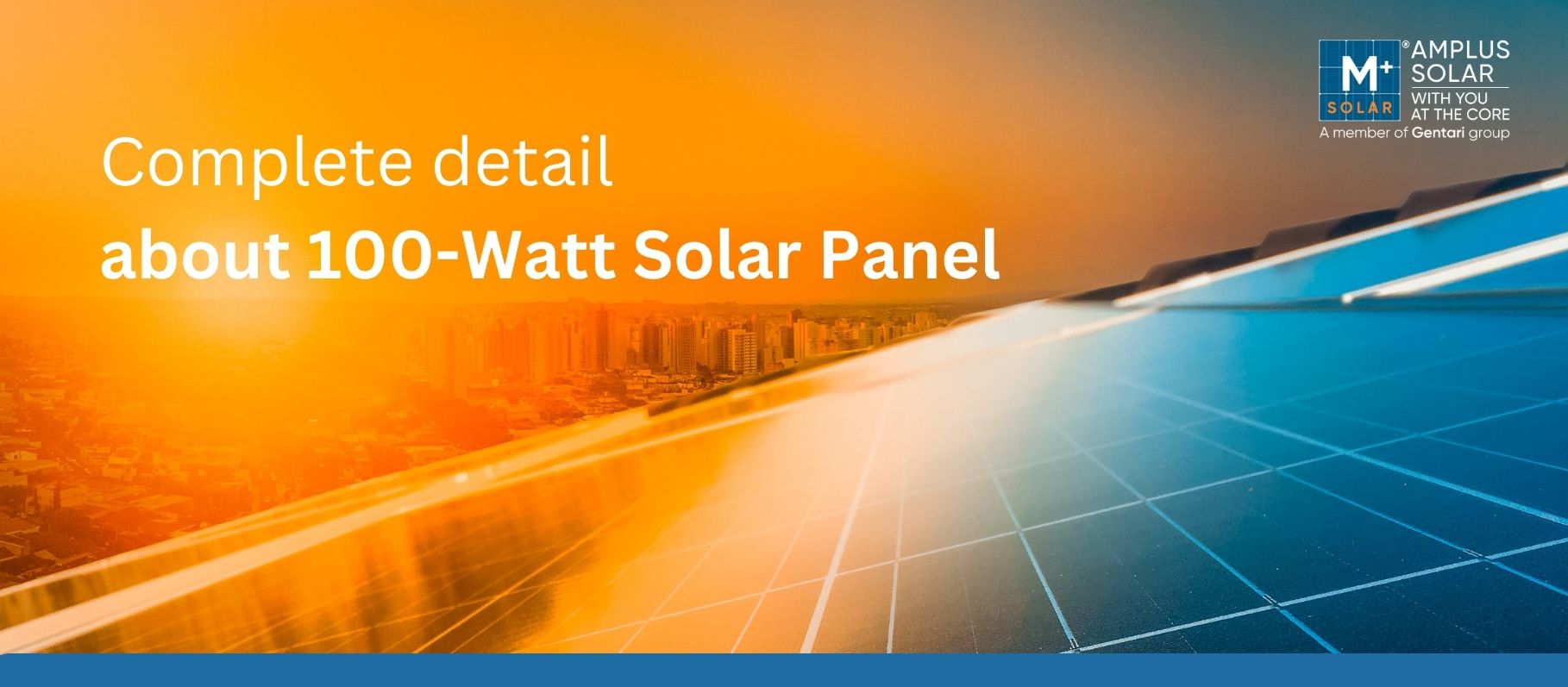 100 Watt Solar Panel Price in...
100 Watt Solar Panel Price in... 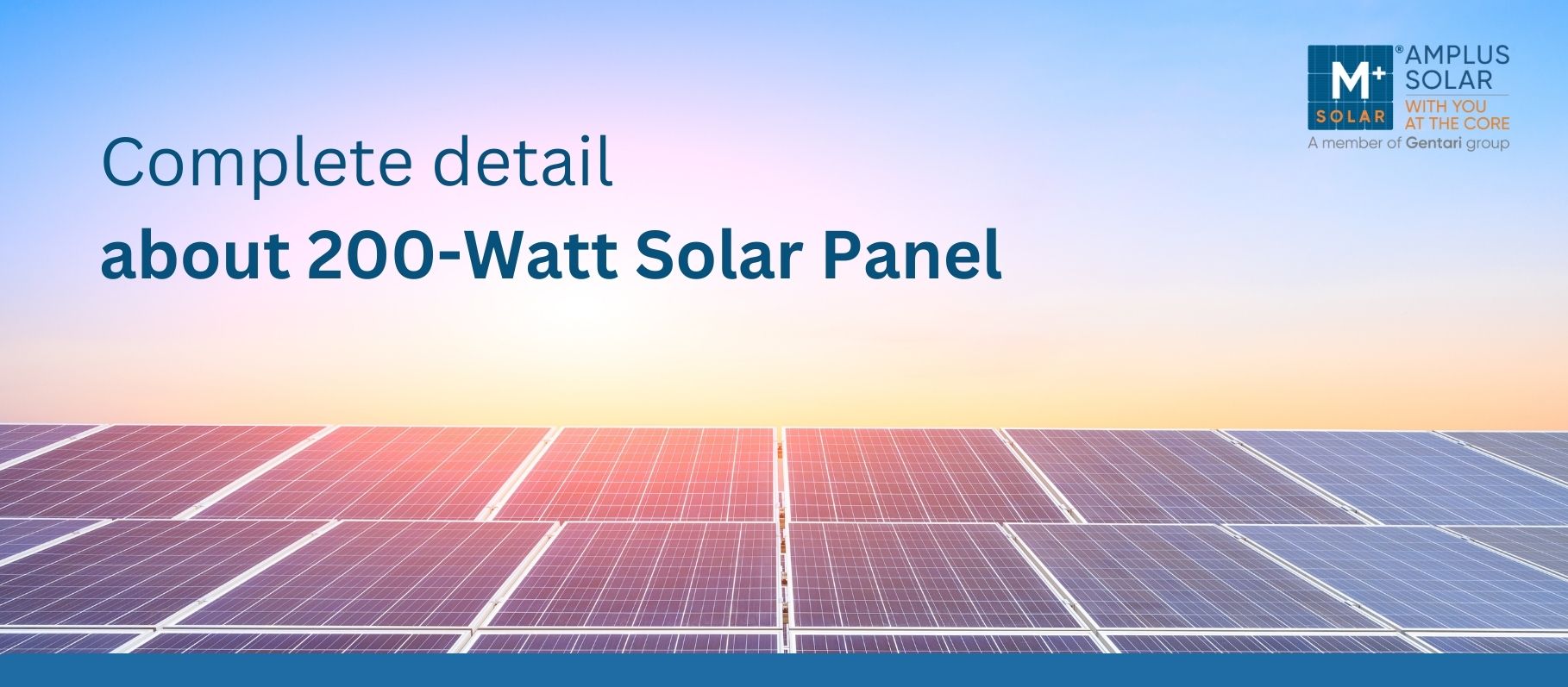 200 Watt Solar Panel Price in...
200 Watt Solar Panel Price in...  350 Watt Solar Panel Price in...
350 Watt Solar Panel Price in... 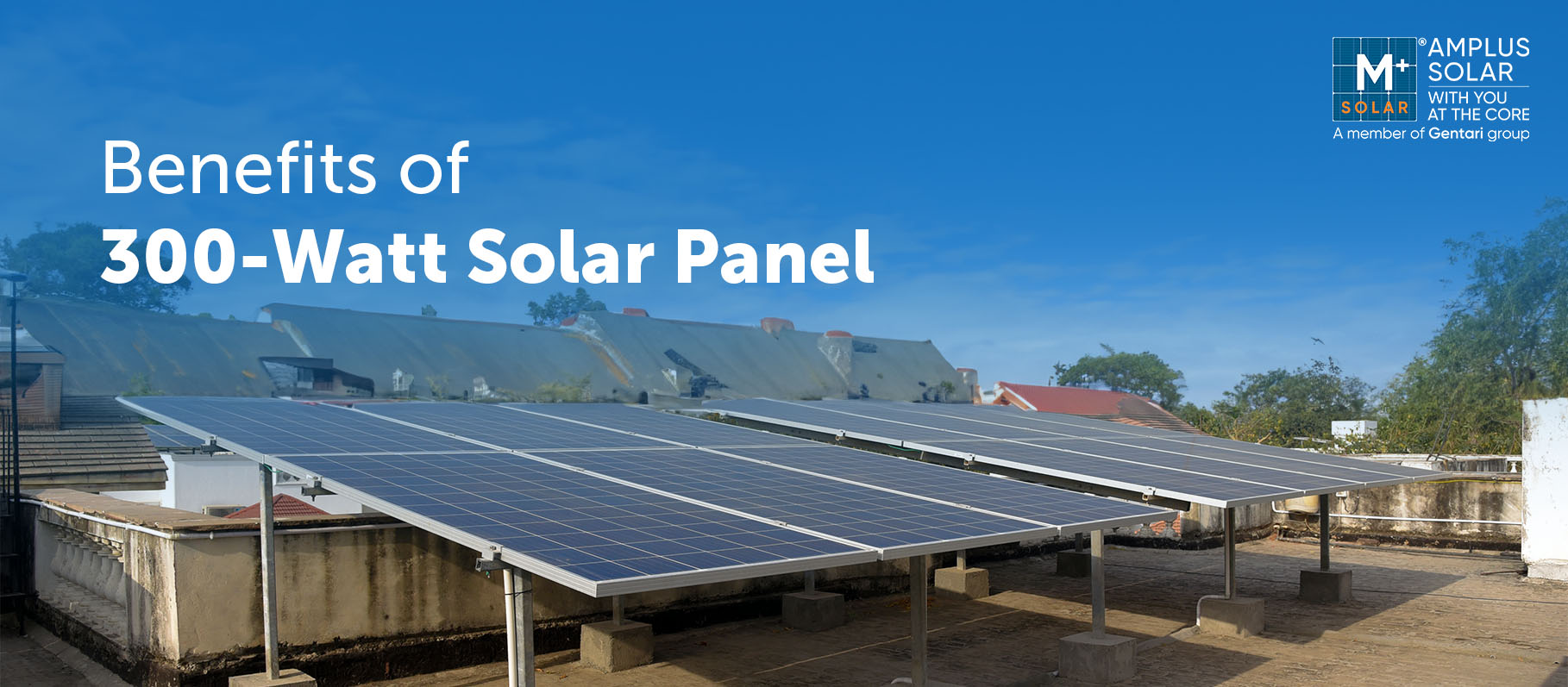 300 Watt Solar Panel Price in...
300 Watt Solar Panel Price in...  50 Watt Solar Panel Price in...
50 Watt Solar Panel Price in...  A Complete Guide To Bifacial Solar...
A Complete Guide To Bifacial Solar... 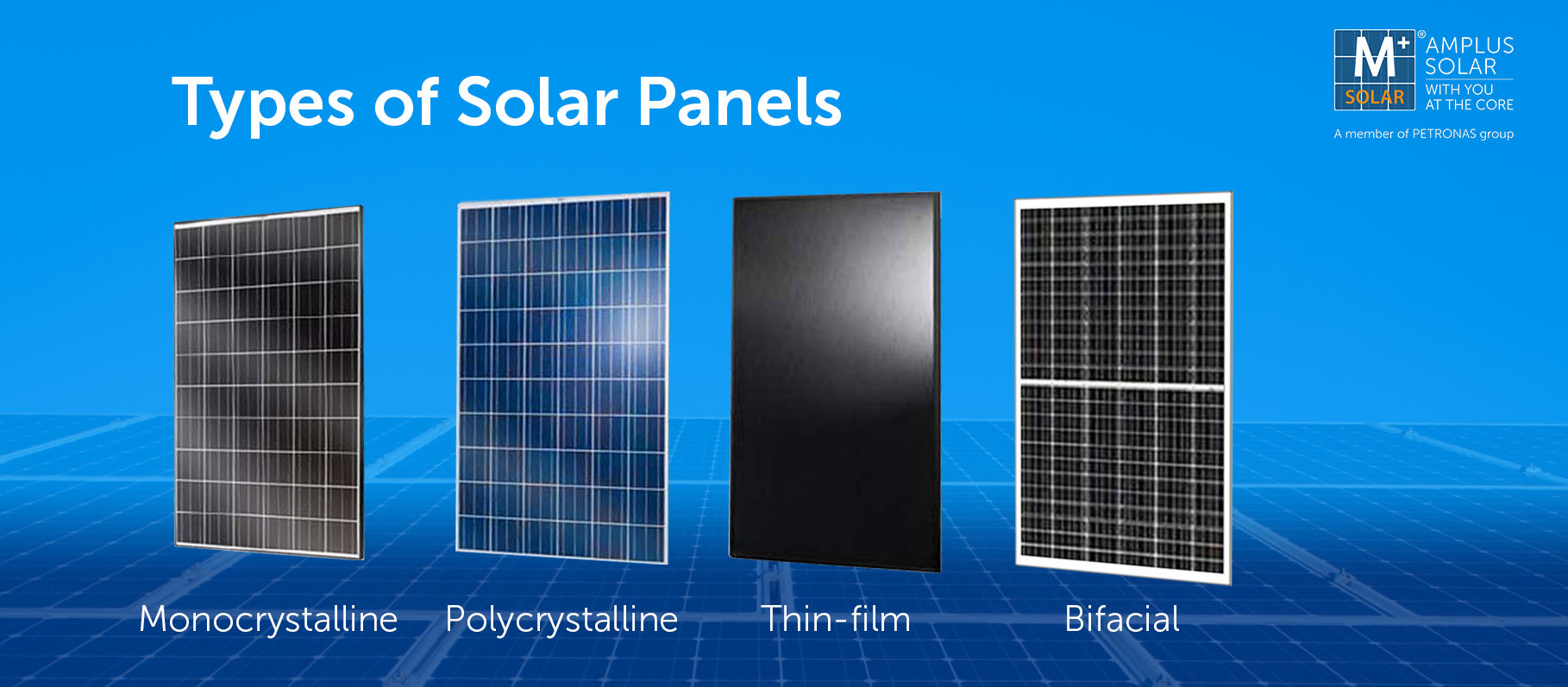 Complete Guide About Types of Solar...
Complete Guide About Types of Solar...  Net Metering: Know Everything About Net...
Net Metering: Know Everything About Net...  Solar Power Plant: Types, Benefits, Price,...
Solar Power Plant: Types, Benefits, Price,...  How to Install Solar Panels at...
How to Install Solar Panels at... 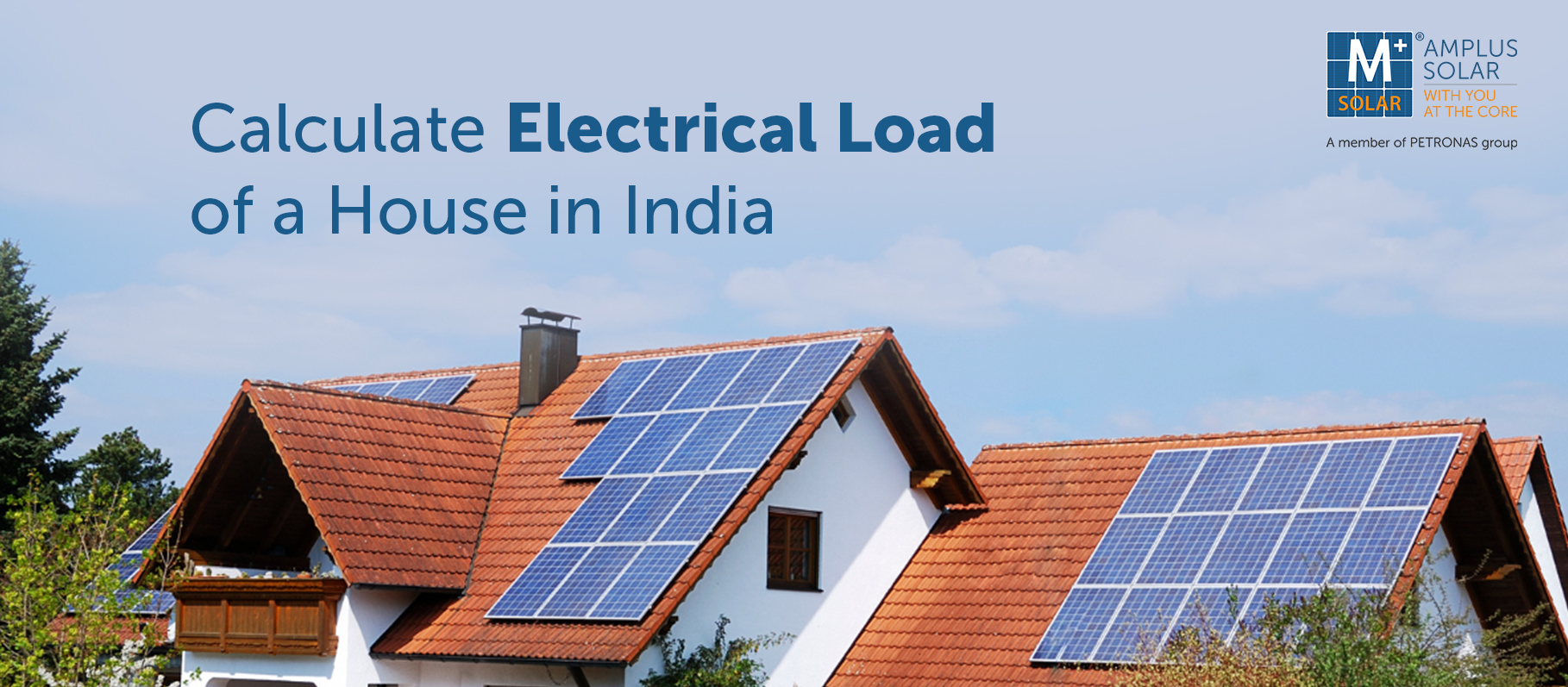 How to Calculate Electrical Load for...
How to Calculate Electrical Load for... 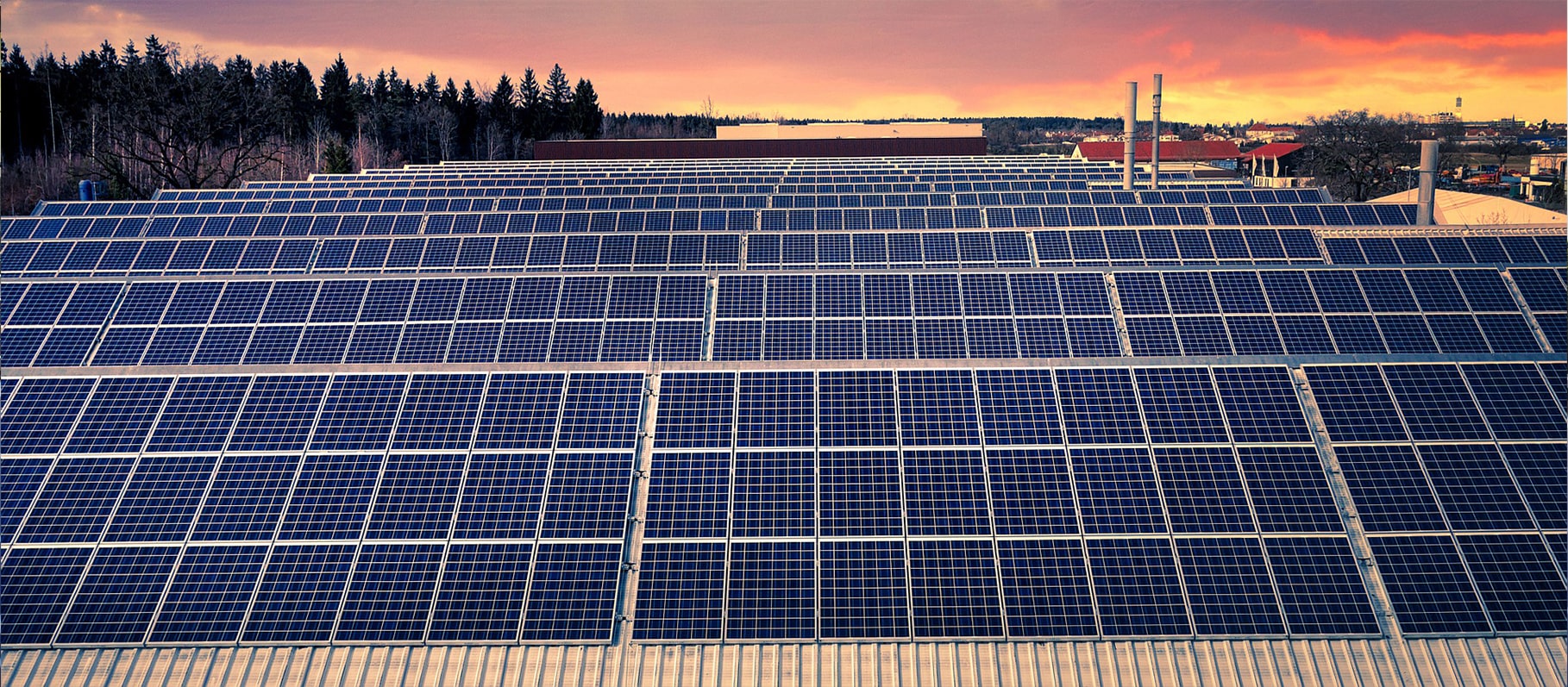 Opex vs Capex Solar Model: What...
Opex vs Capex Solar Model: What...  Performance of Solar Panels in Different...
Performance of Solar Panels in Different... 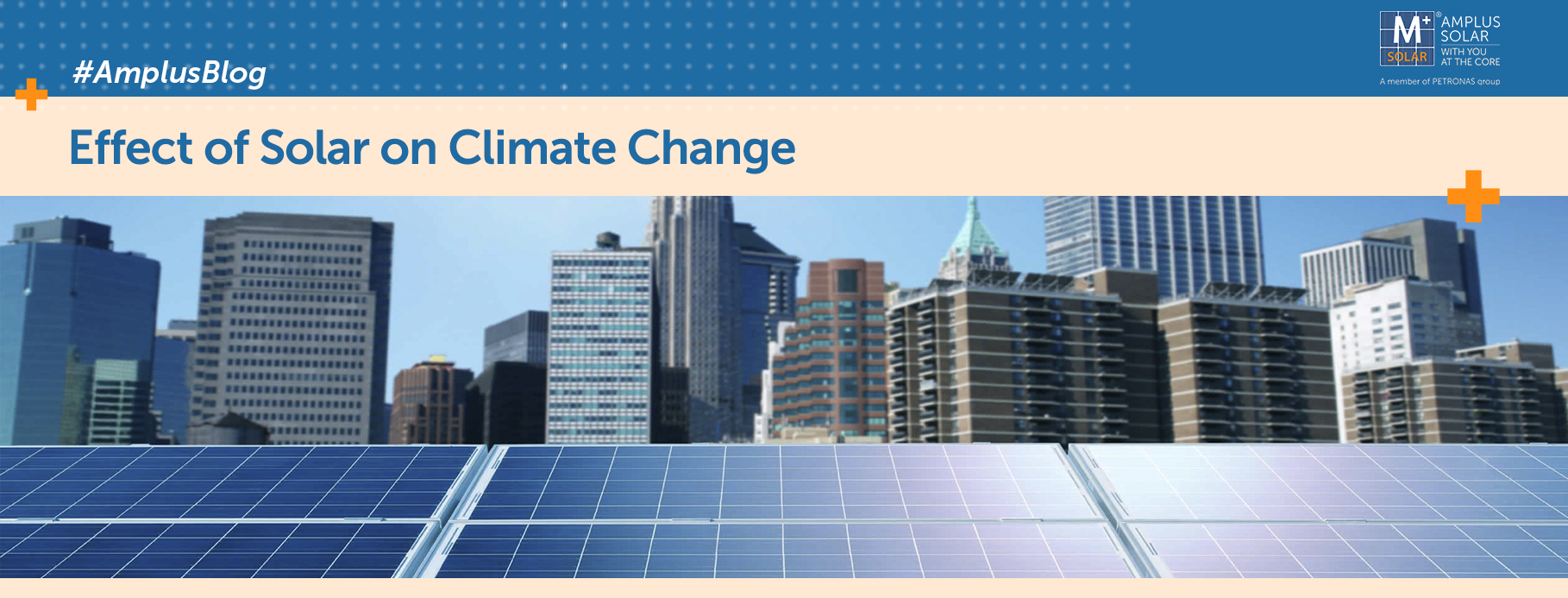 Effect of Solar on Climate Change
Effect of Solar on Climate Change 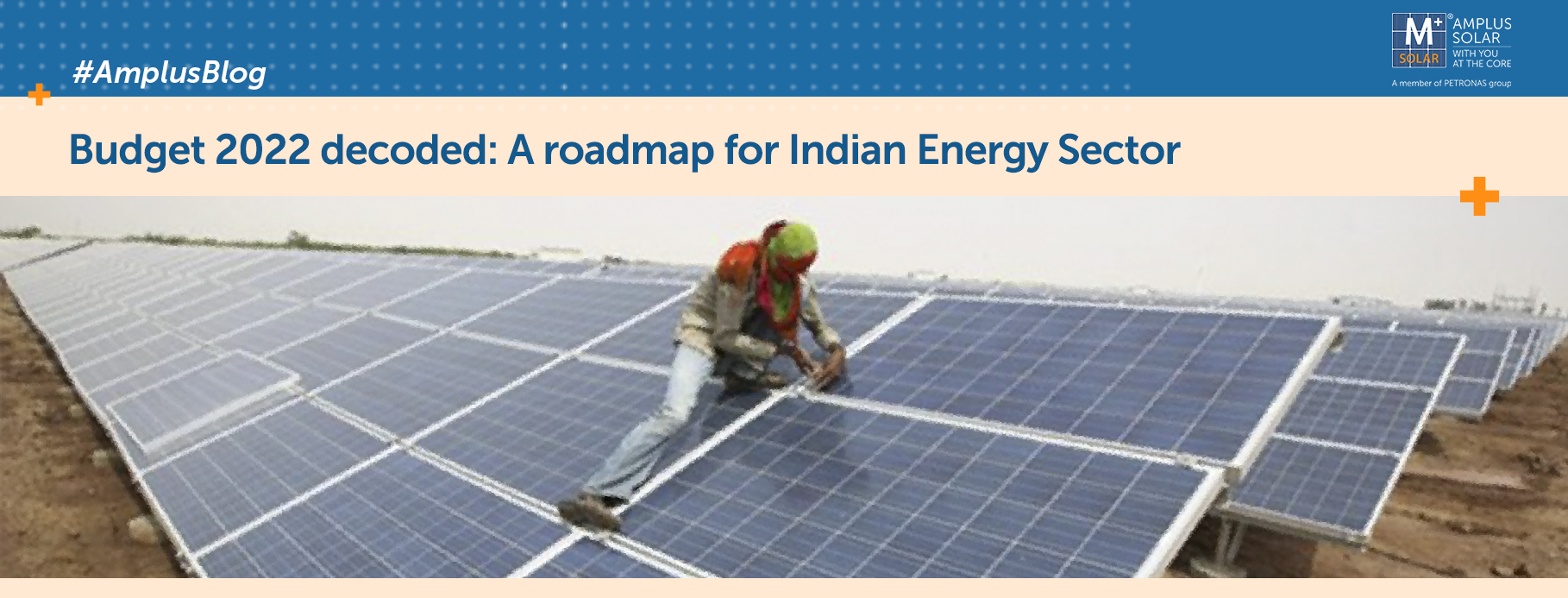 Budget 2022 decoded: A roadmap for...
Budget 2022 decoded: A roadmap for...  Top 5 Solar Farms in India...
Top 5 Solar Farms in India...  Energy Crisis in India and How...
Energy Crisis in India and How...  Importance of making the Switch to...
Importance of making the Switch to... 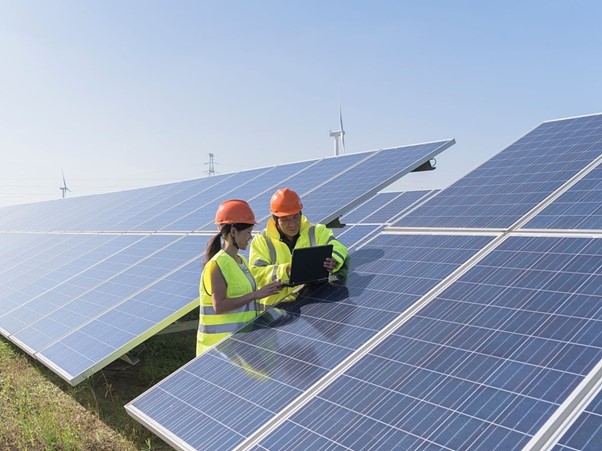 7 Advancements in Solar in 2021
7 Advancements in Solar in 2021  What The Future Holds For Solar...
What The Future Holds For Solar...  How to choose a Solar Power...
How to choose a Solar Power... 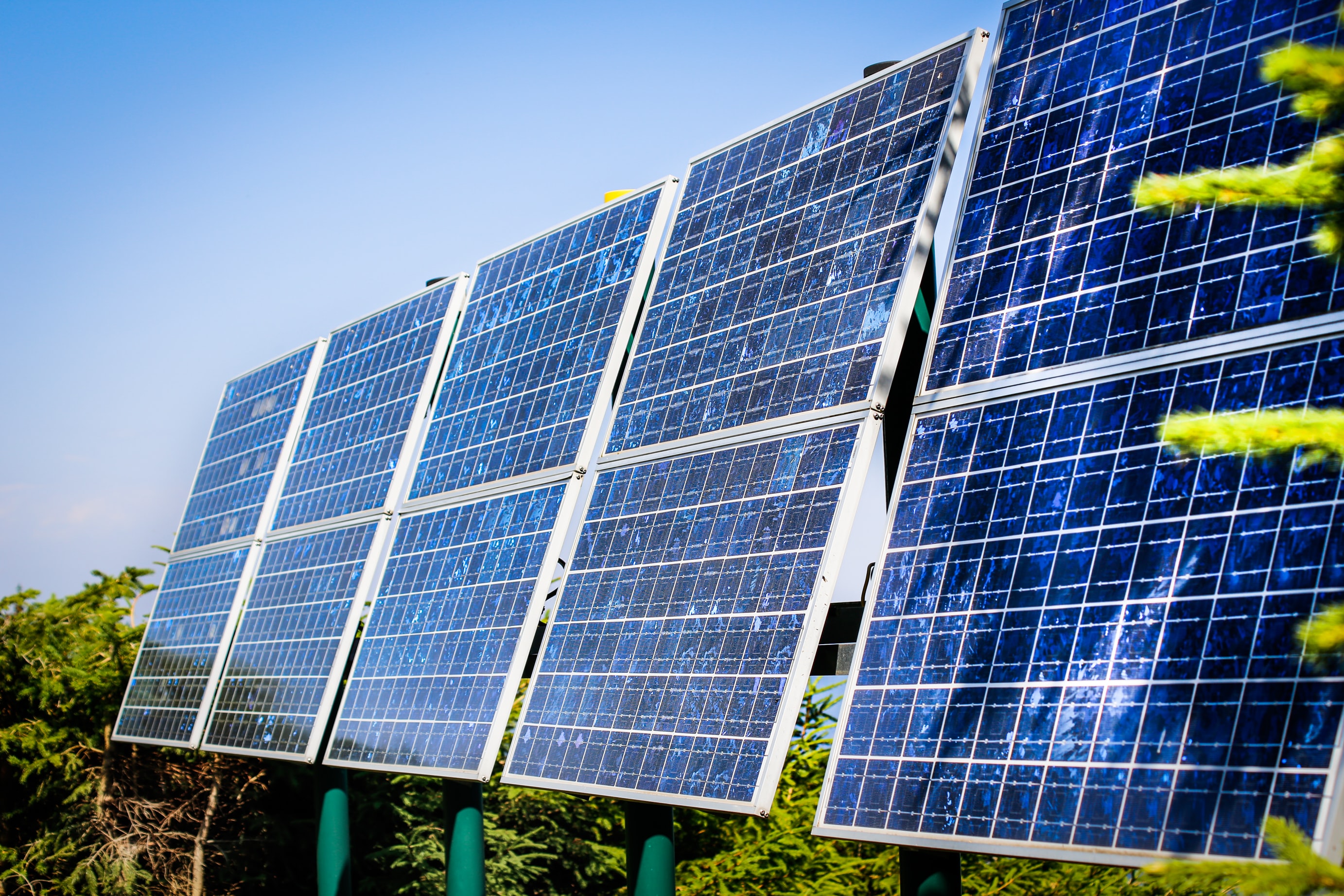 Evaluating the Revamping & Repowering opportunity...
Evaluating the Revamping & Repowering opportunity... 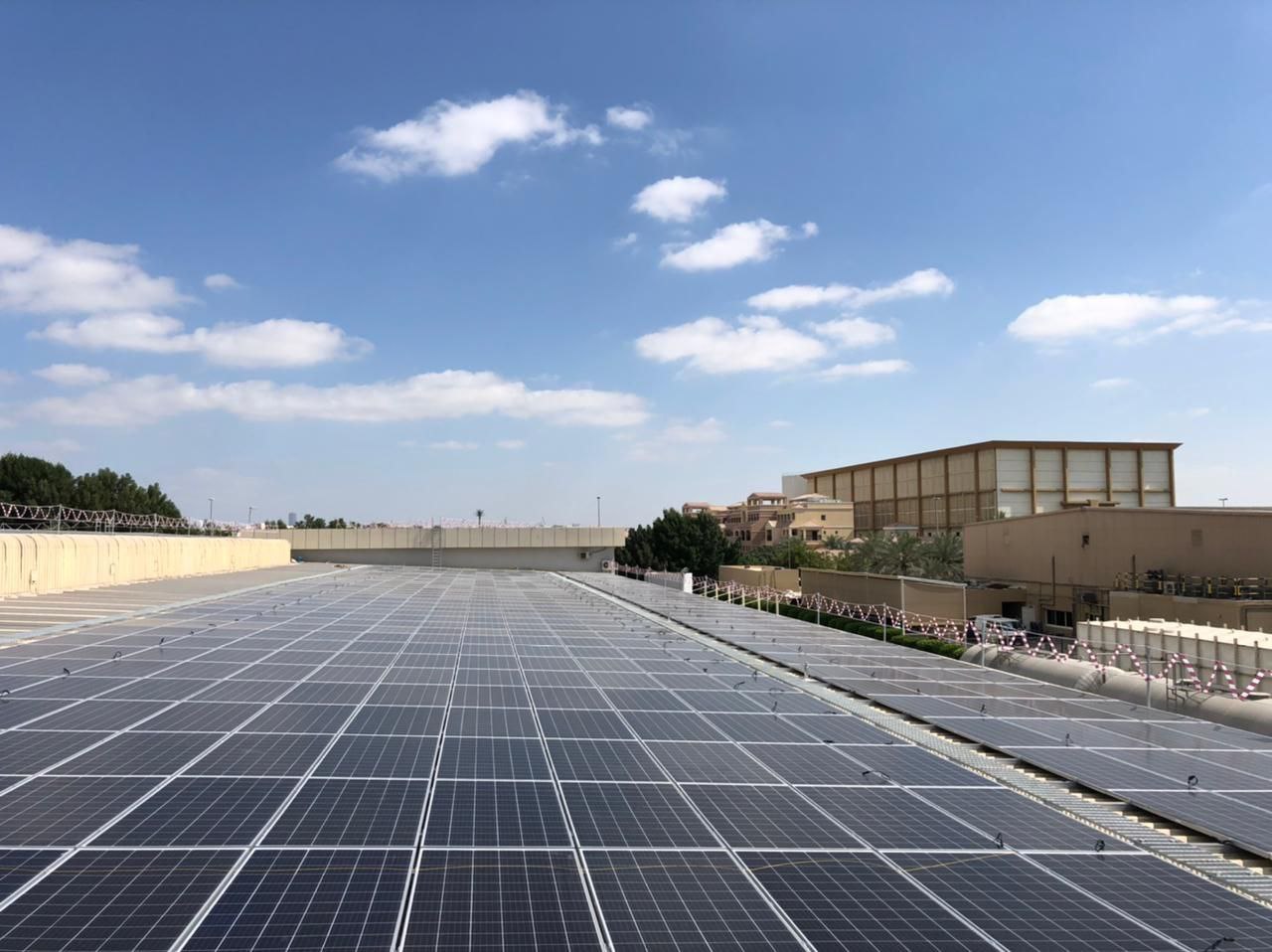 All You Need to Know about...
All You Need to Know about...  Choosing a Solar Contractor and Site...
Choosing a Solar Contractor and Site... 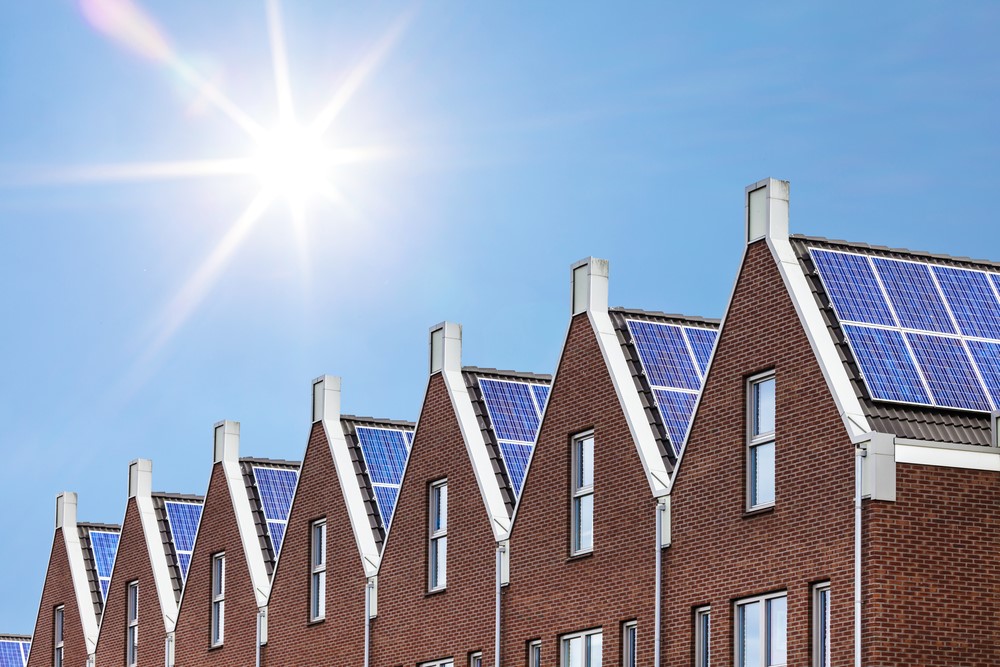 Benefits of Solar Power for Home
Benefits of Solar Power for Home 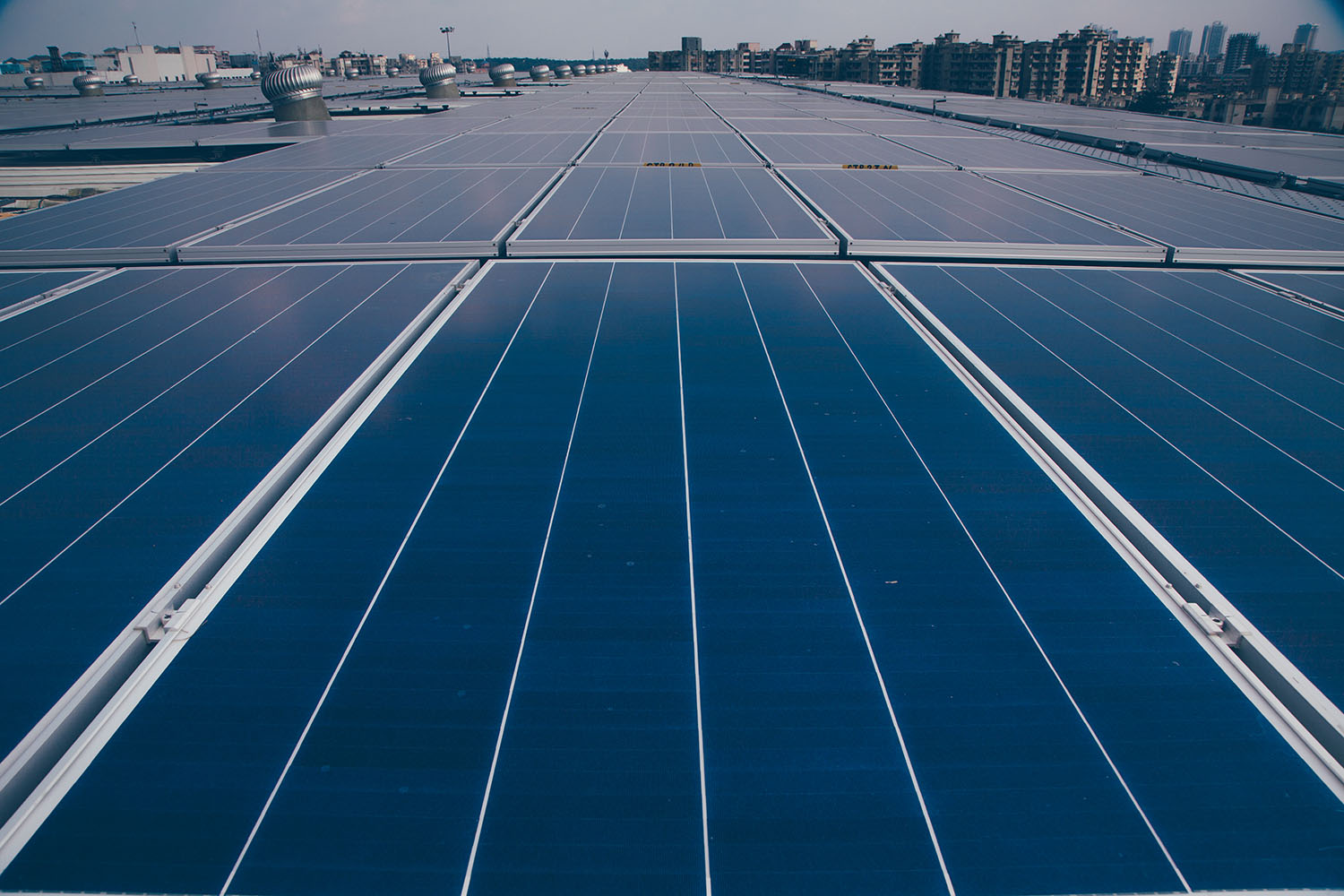 DECELERATING PV MODULE PRICES MAY START...
DECELERATING PV MODULE PRICES MAY START... 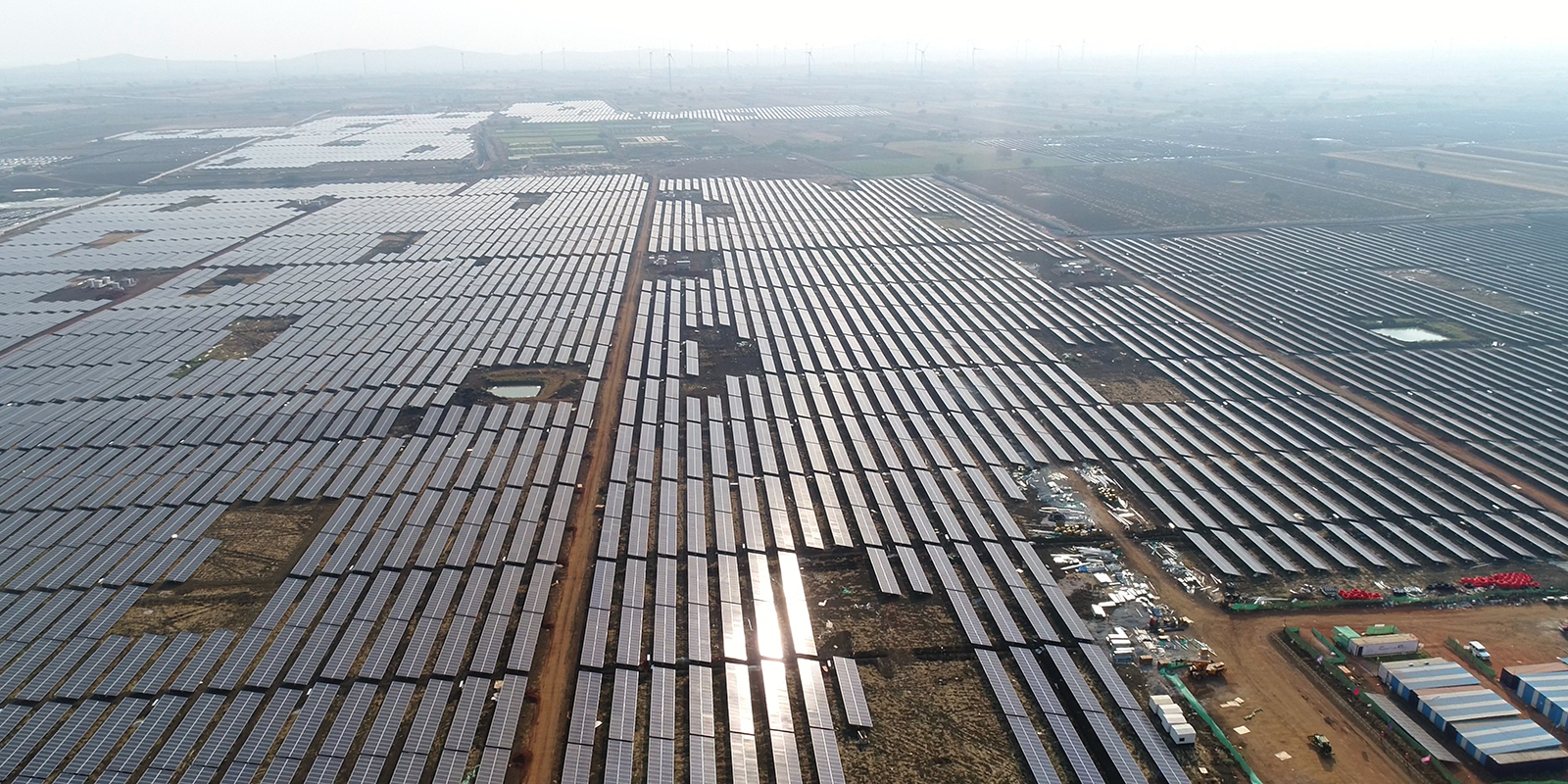 Contribution of Solar Energy in dealing...
Contribution of Solar Energy in dealing... 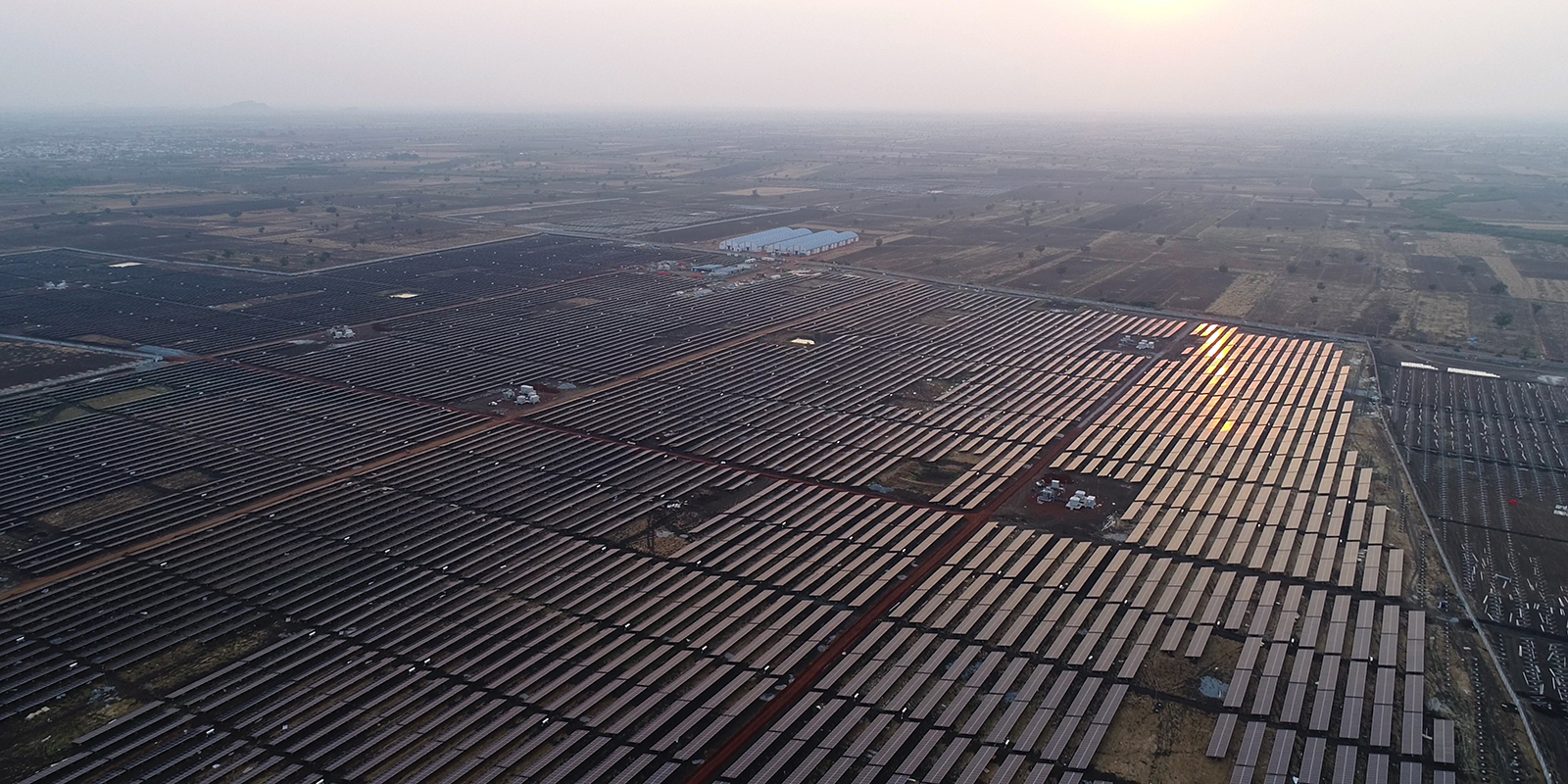 Increasing Role of Utility Service Providers...
Increasing Role of Utility Service Providers... 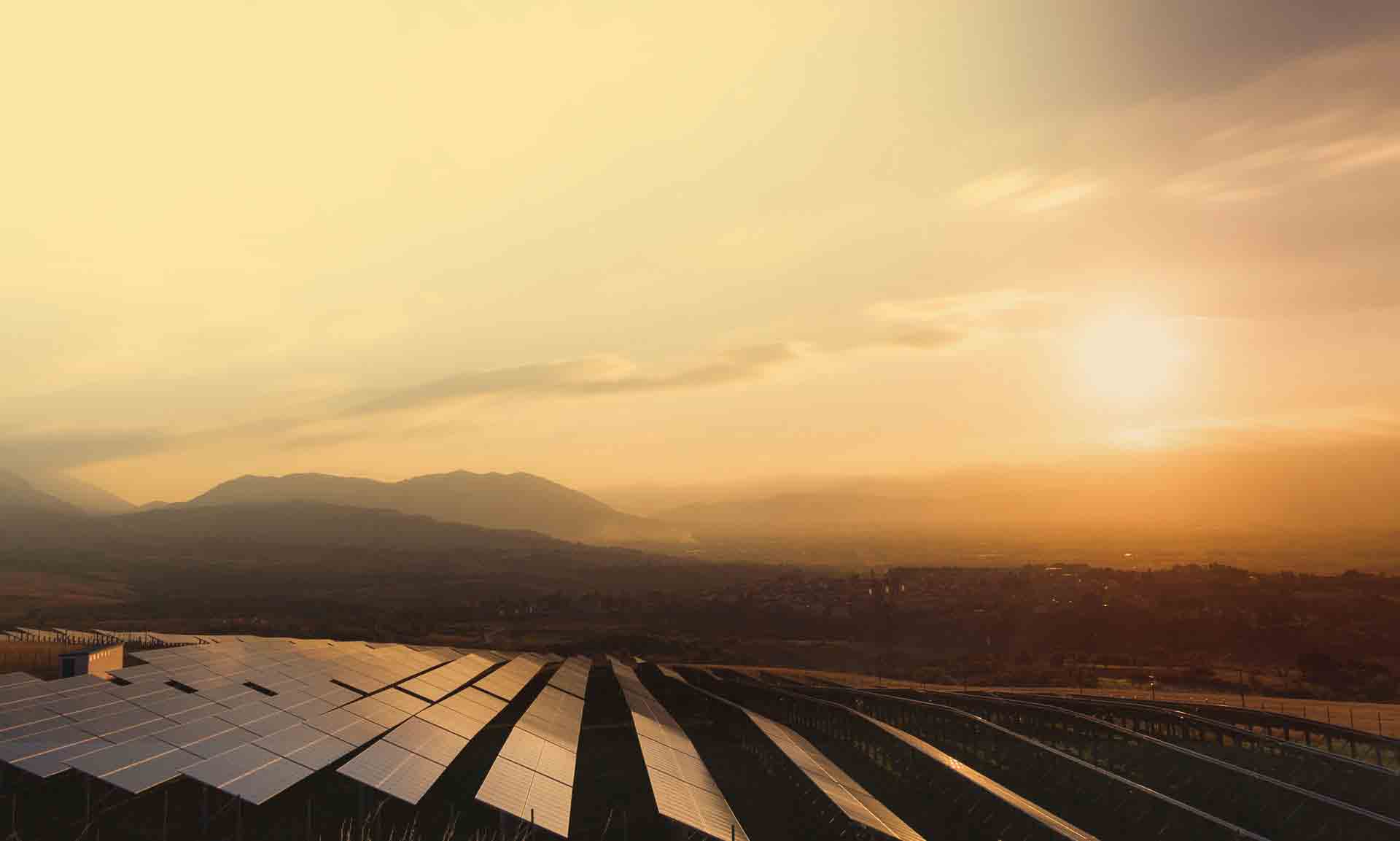 India’s Solar Developers Seek Reversal Of...
India’s Solar Developers Seek Reversal Of...  Is Solar Energy Low Maintenance?
Is Solar Energy Low Maintenance?  Solar Energy Policy in Gujarat
Solar Energy Policy in Gujarat 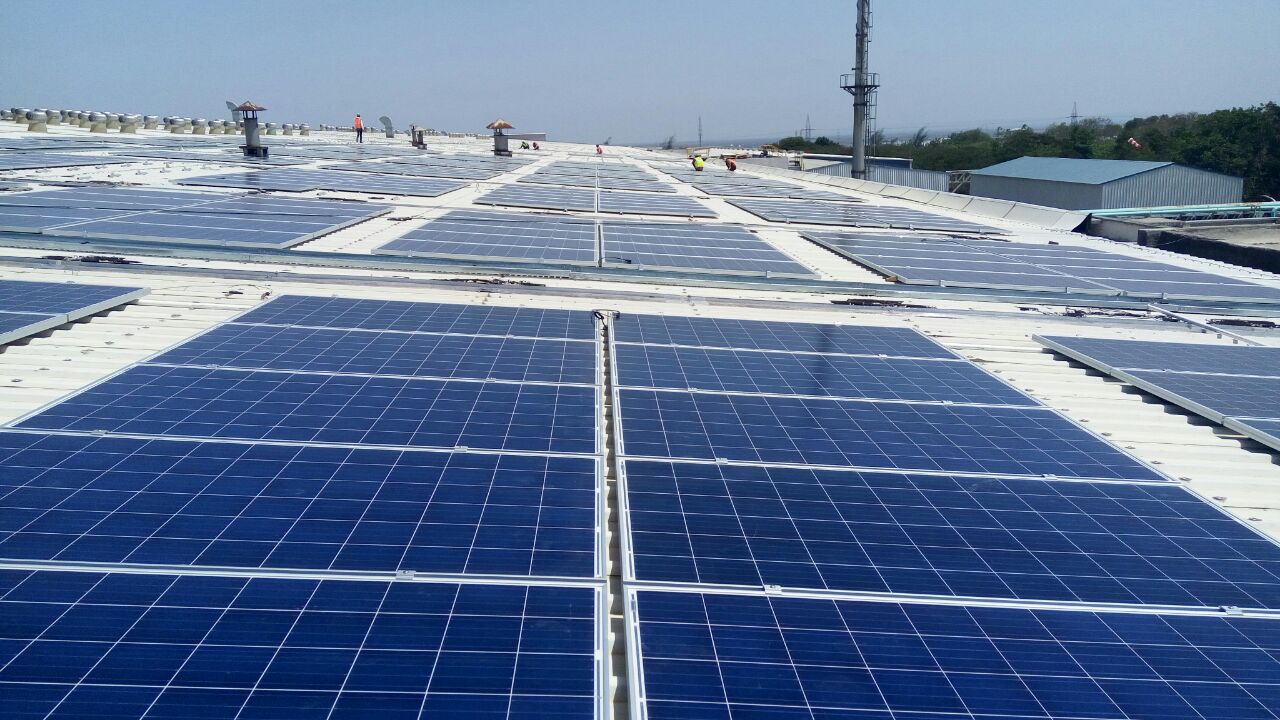 The Importance of Renewable Energy in...
The Importance of Renewable Energy in...  Blockchain in Electricity
Blockchain in Electricity  Narendra Modi’s India Facing Unique Solar...
Narendra Modi’s India Facing Unique Solar... 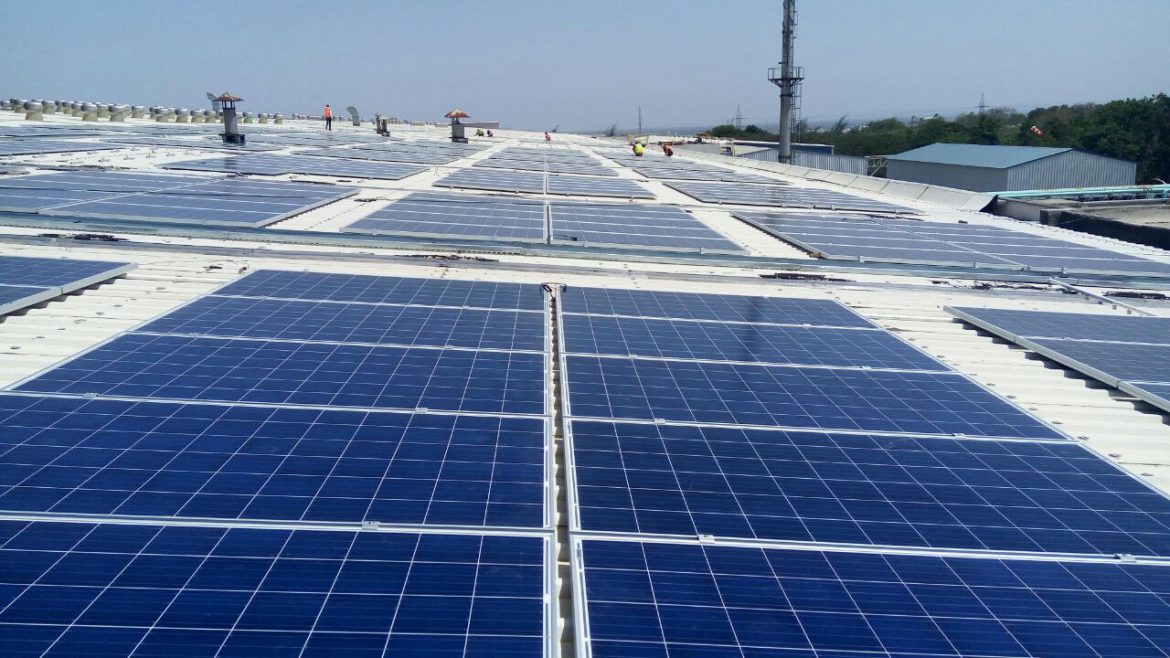 Changing Electricity Sector in India –...
Changing Electricity Sector in India –...  Net-Metering – An efficient system of...
Net-Metering – An efficient system of...  The Top Government Programes in the...
The Top Government Programes in the... 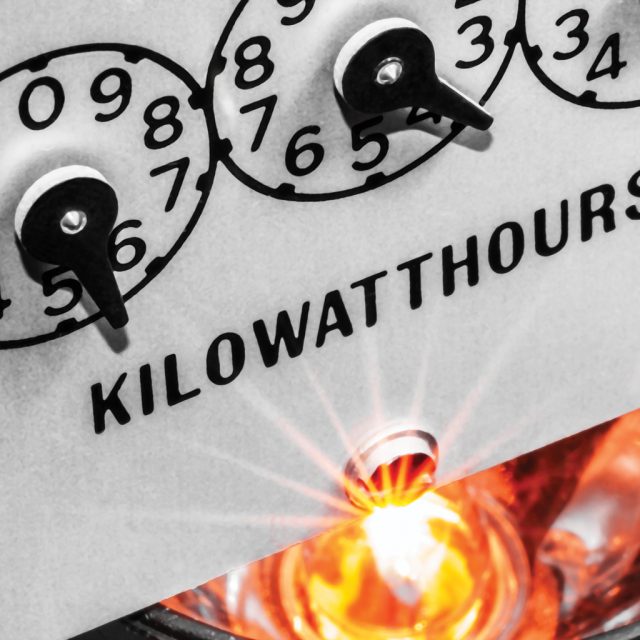 Challenges in Net-Metering
Challenges in Net-Metering  What are the Solar Schemes in...
What are the Solar Schemes in...  The Top 10 Solar Power Companies...
The Top 10 Solar Power Companies...  Grid of the Future
Grid of the Future  Global Commitment to RE-100
Global Commitment to RE-100  Pay-As-You-Go Solar Energy Companies Spread Light...
Pay-As-You-Go Solar Energy Companies Spread Light...  Everything About Paris Cimate Agreement
Everything About Paris Cimate Agreement  Solar Energy: Myths and Truths
Solar Energy: Myths and Truths  What to ask yourself before installing...
What to ask yourself before installing... 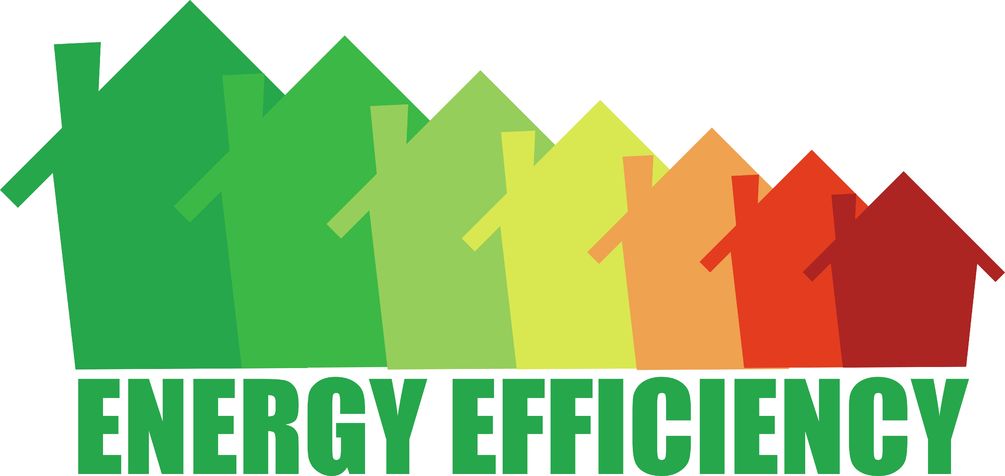 How Energy Efficiences are needed today
How Energy Efficiences are needed today  Top 5 Solar Energy Trends in...
Top 5 Solar Energy Trends in...  Why are Solar Tariffs going down...
Why are Solar Tariffs going down...  How China is Leading the World...
How China is Leading the World... 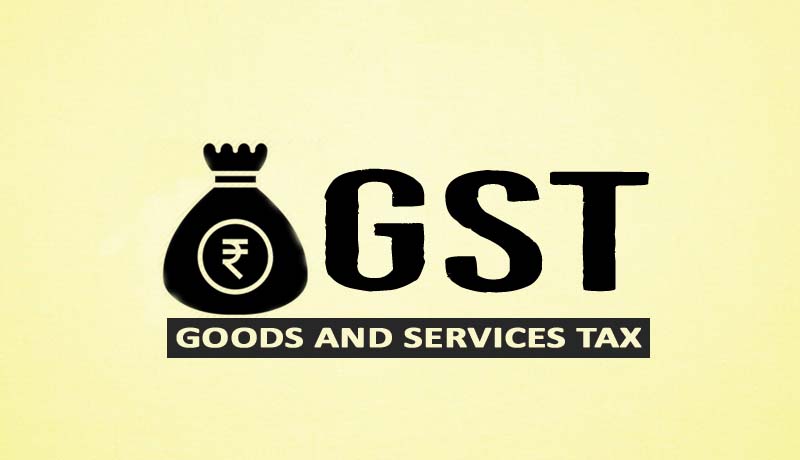 GST- A boon or a bane...
GST- A boon or a bane... 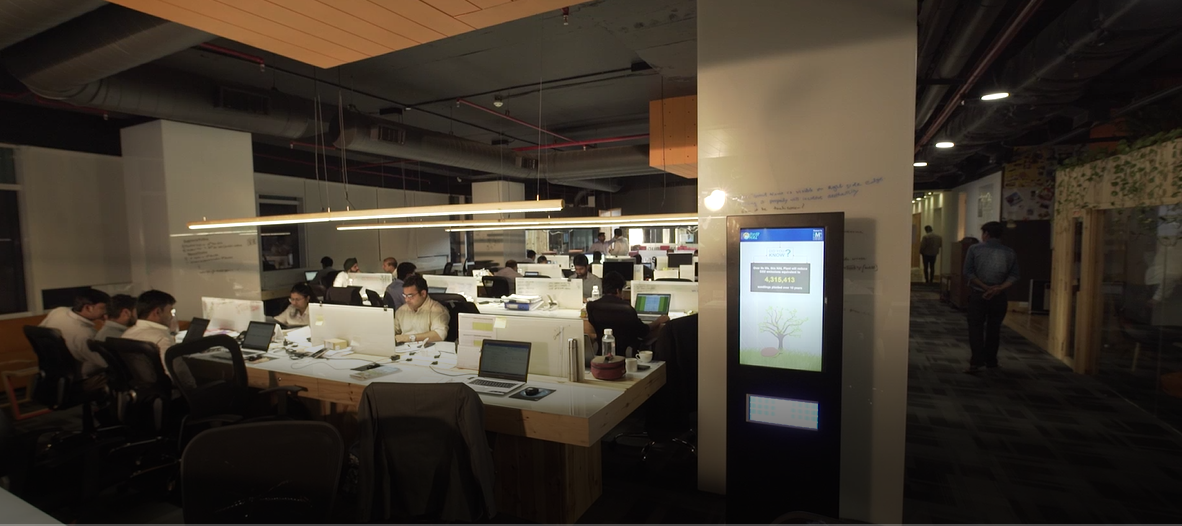 10 Ways to Make Your Organization...
10 Ways to Make Your Organization... 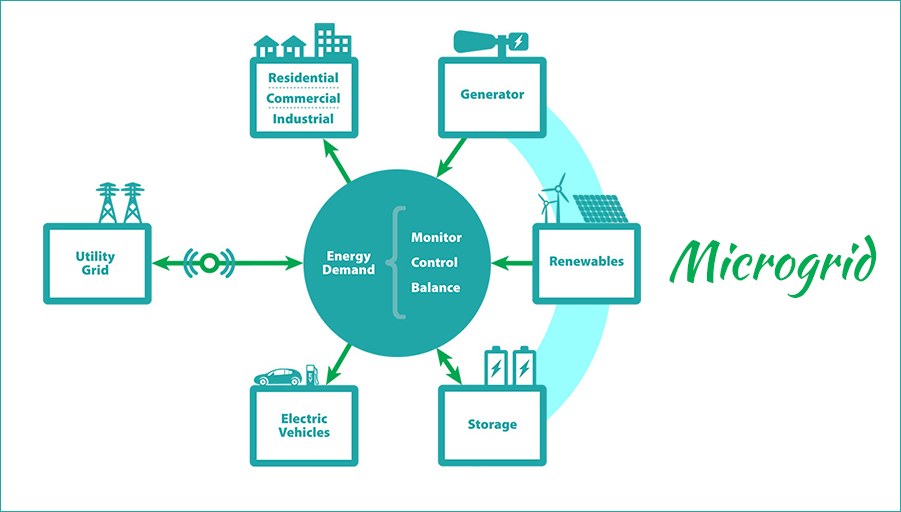 Microgrids- The future?
Microgrids- The future?  3 Pillars of Solar Asset Management-...
3 Pillars of Solar Asset Management-...  Amplus Solar: Growing Greener
Amplus Solar: Growing Greener 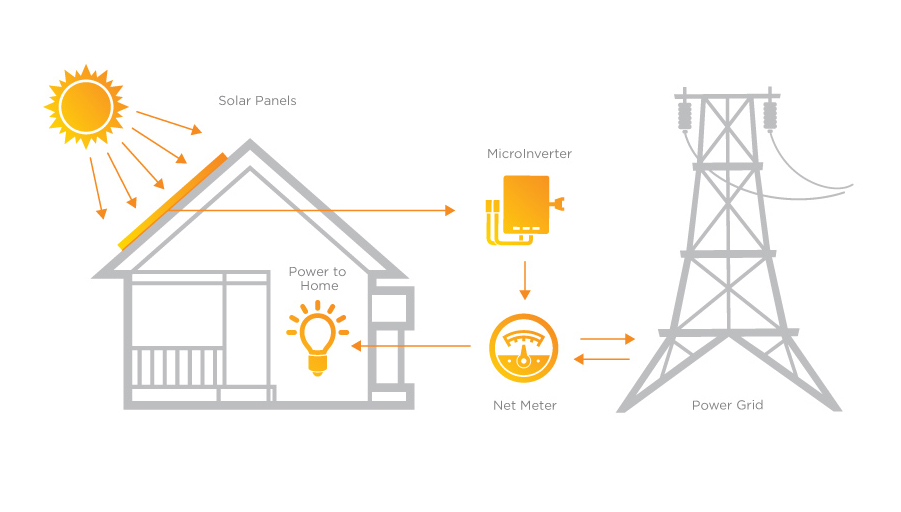 Net Metering: A Boon or a...
Net Metering: A Boon or a...  Amplus Solar, Lighting Your Lives
Amplus Solar, Lighting Your Lives 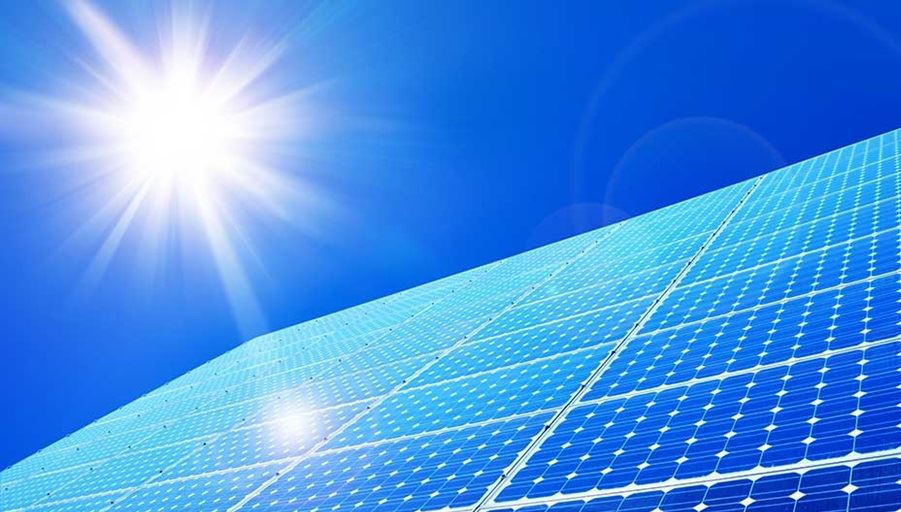 Why Would You Want to Use...
Why Would You Want to Use... 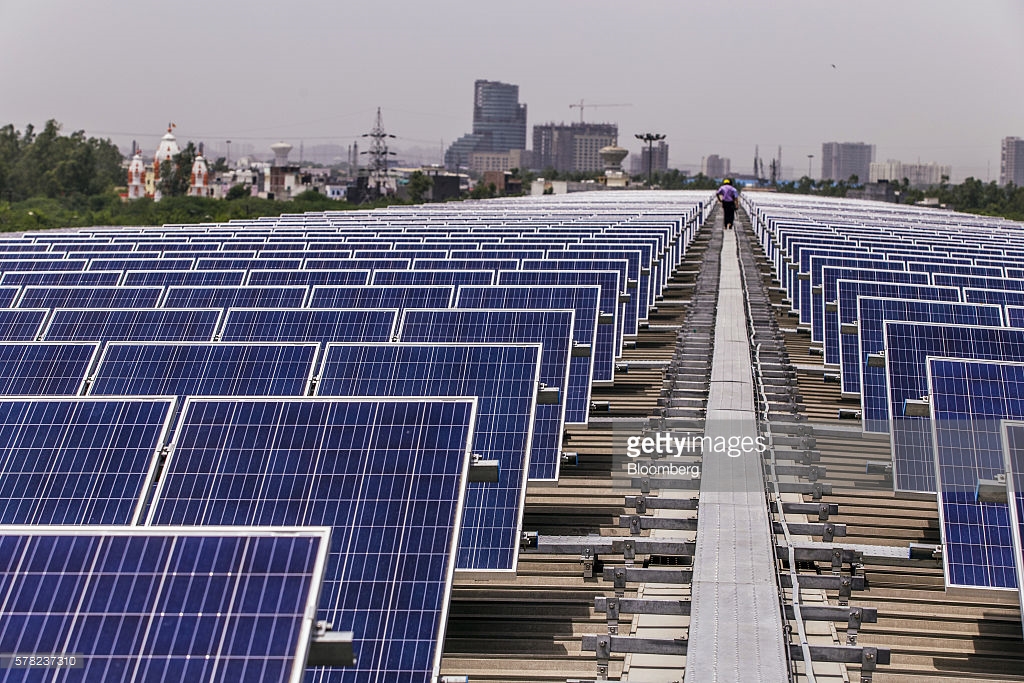 Your Own Solar Plant at Zero...
Your Own Solar Plant at Zero...  Solar Energy: The Key to Unlimited...
Solar Energy: The Key to Unlimited...  What is On-Grid Solar?
What is On-Grid Solar?  Top Builders Rush to Install Solar...
Top Builders Rush to Install Solar...
Leave a Comment